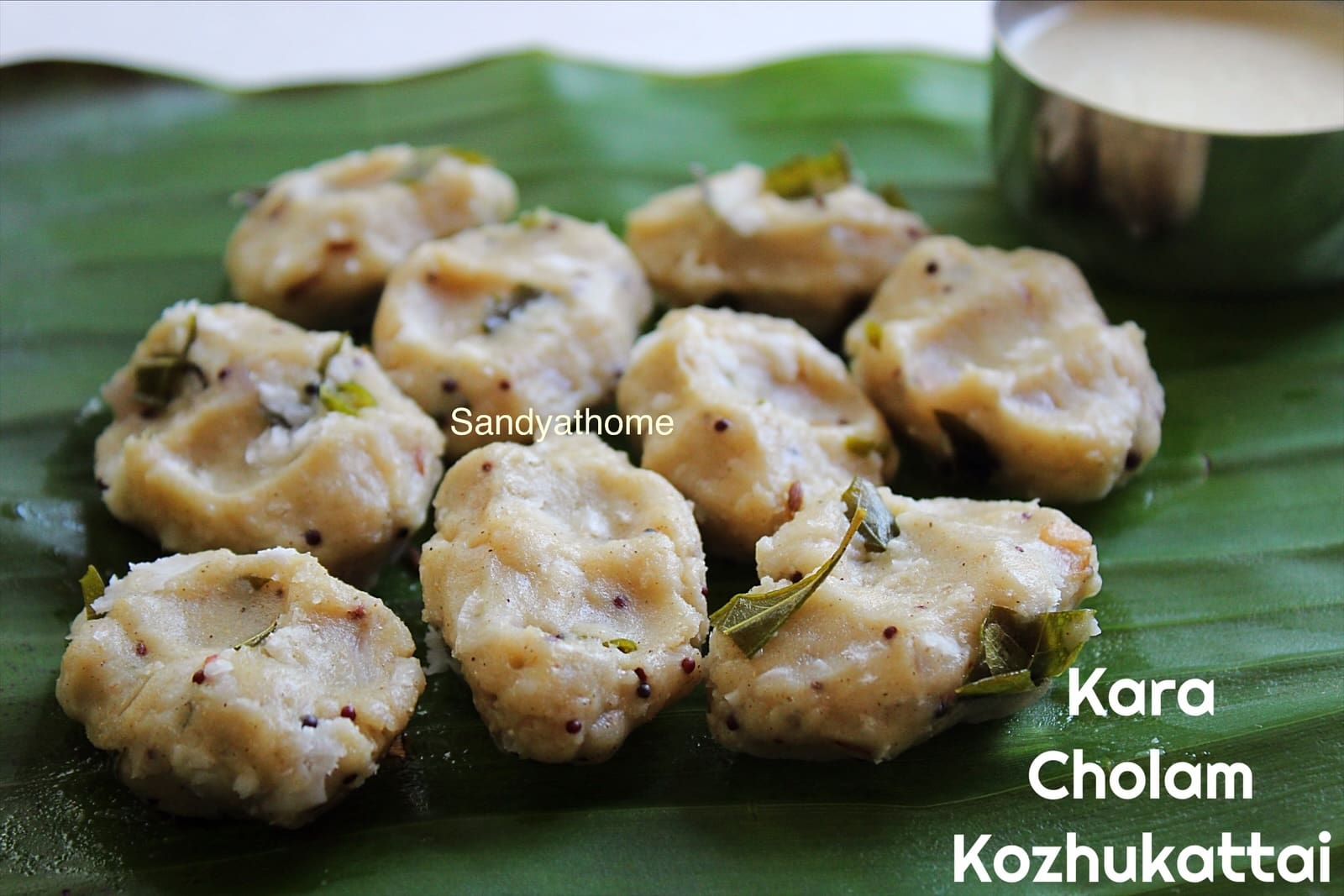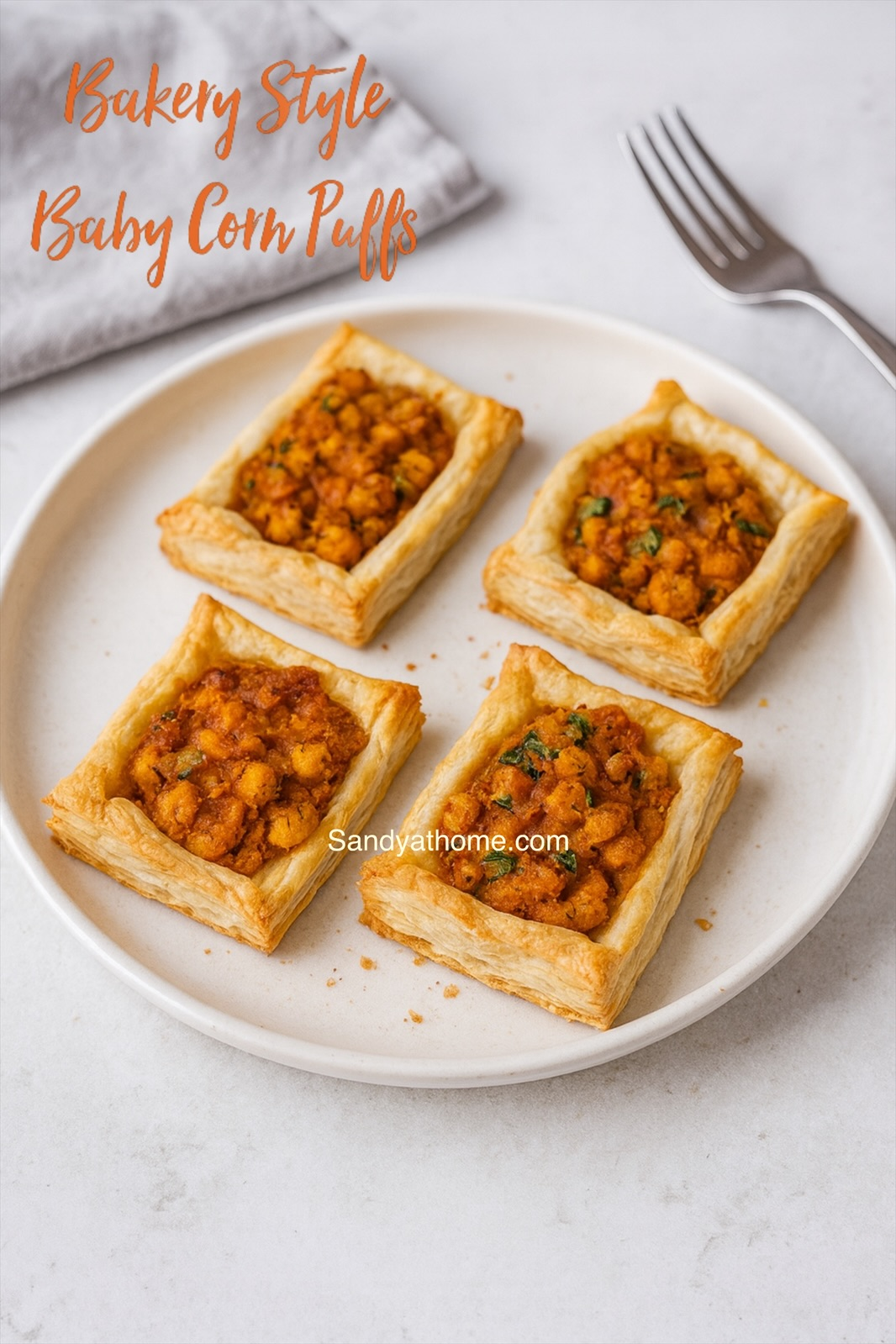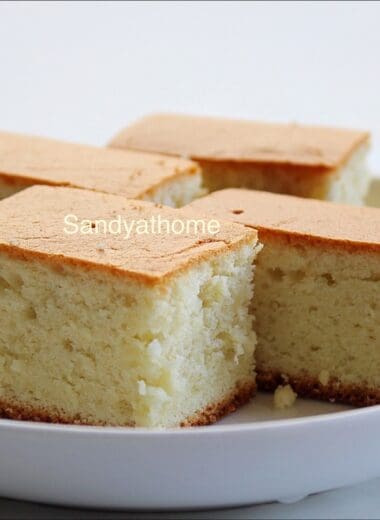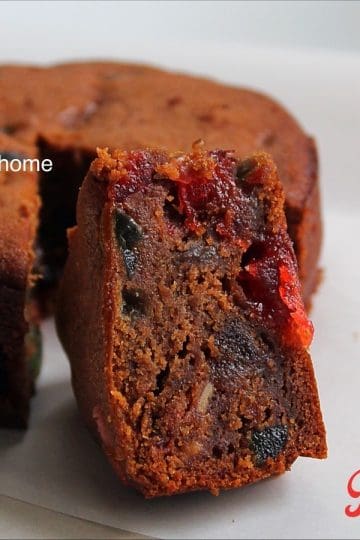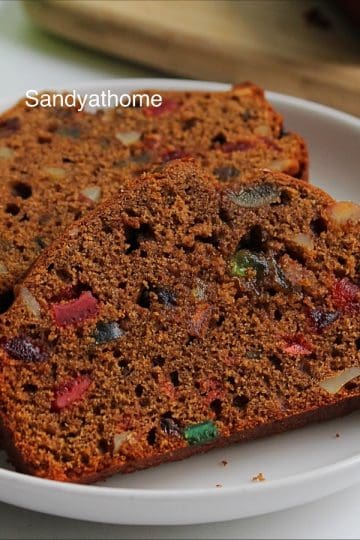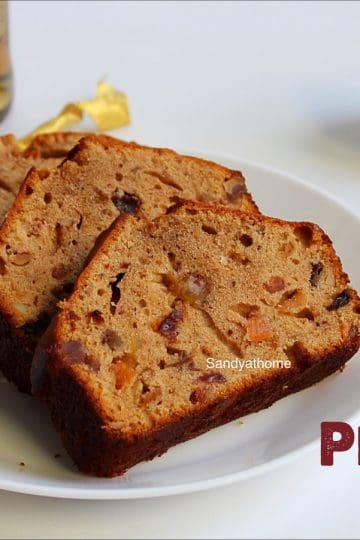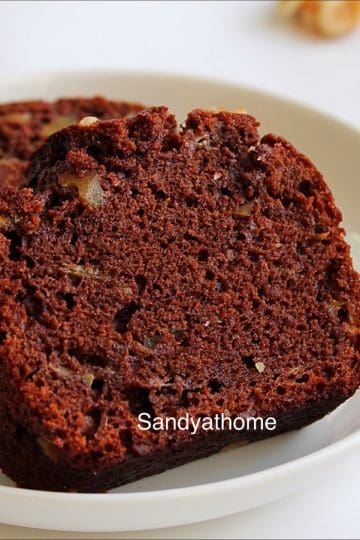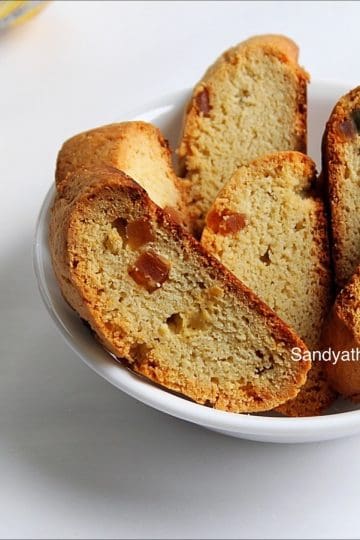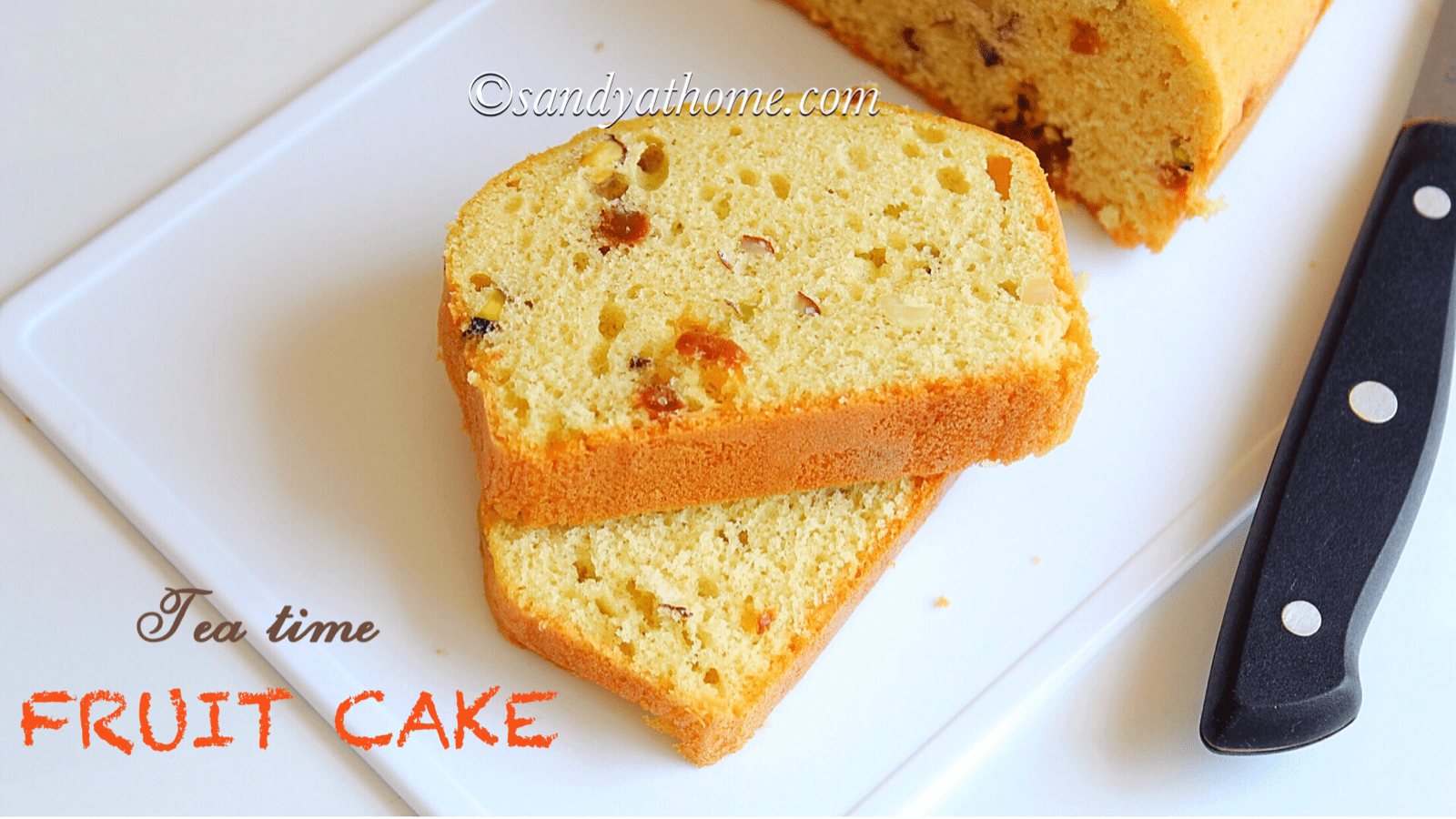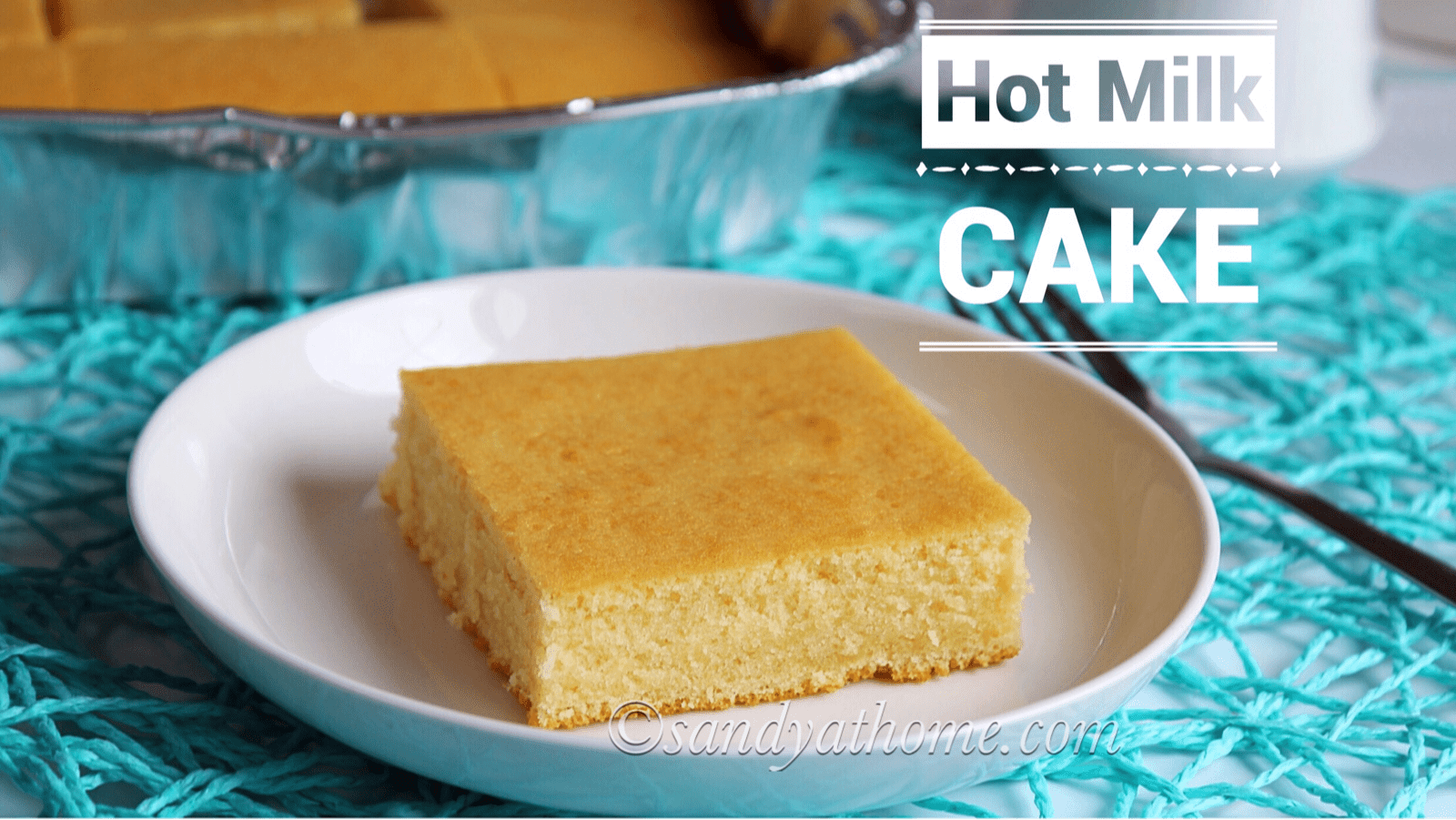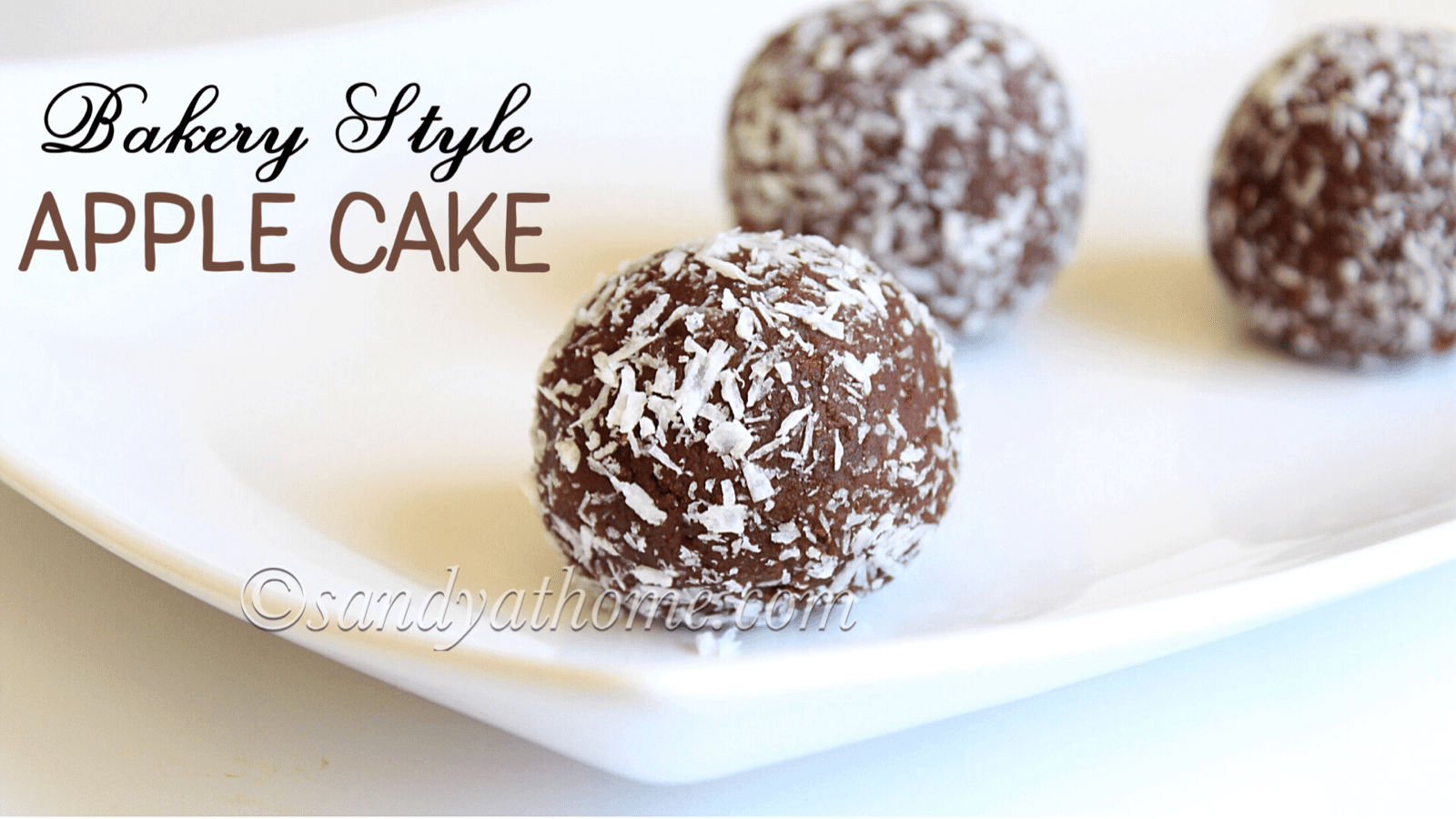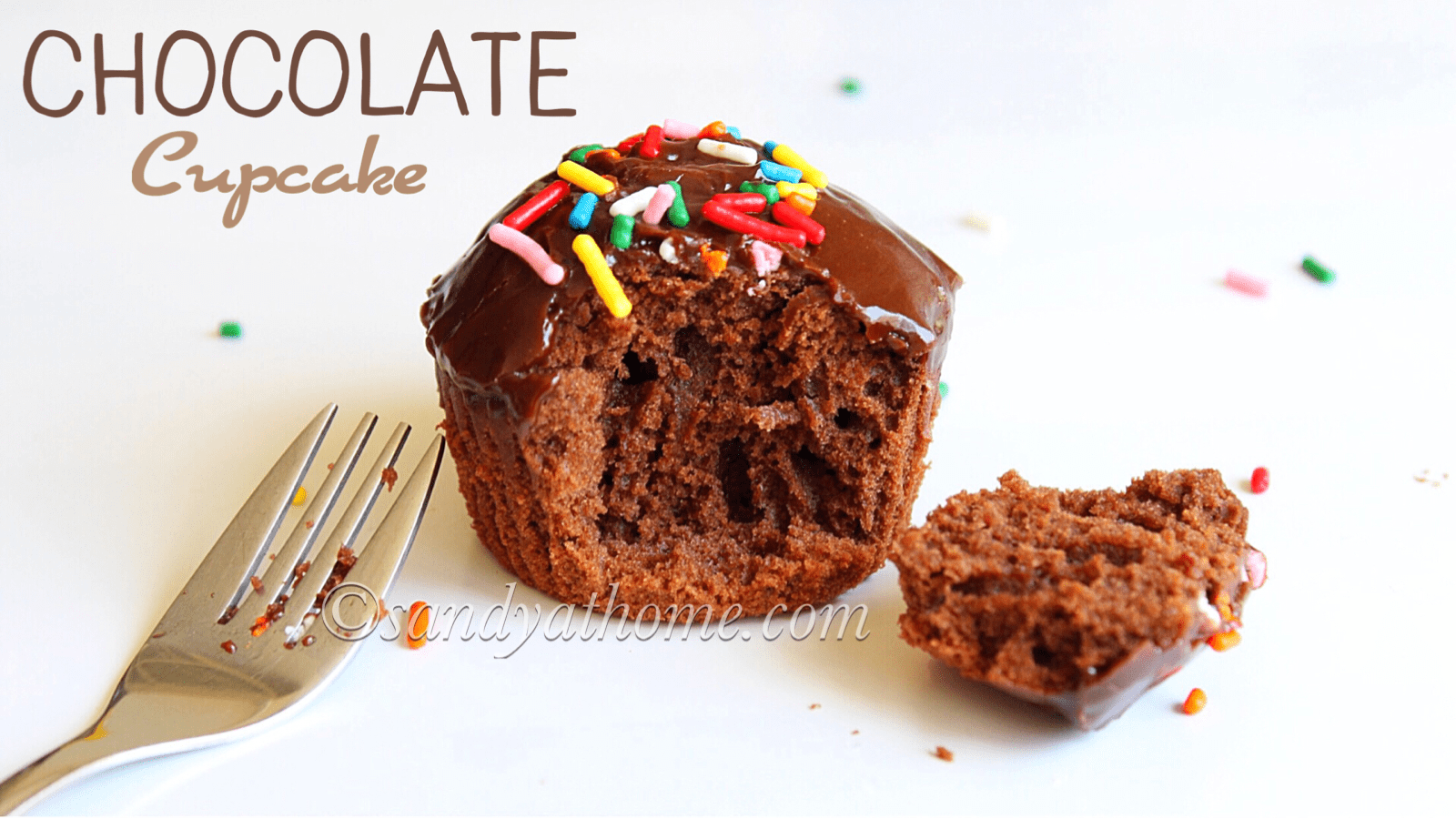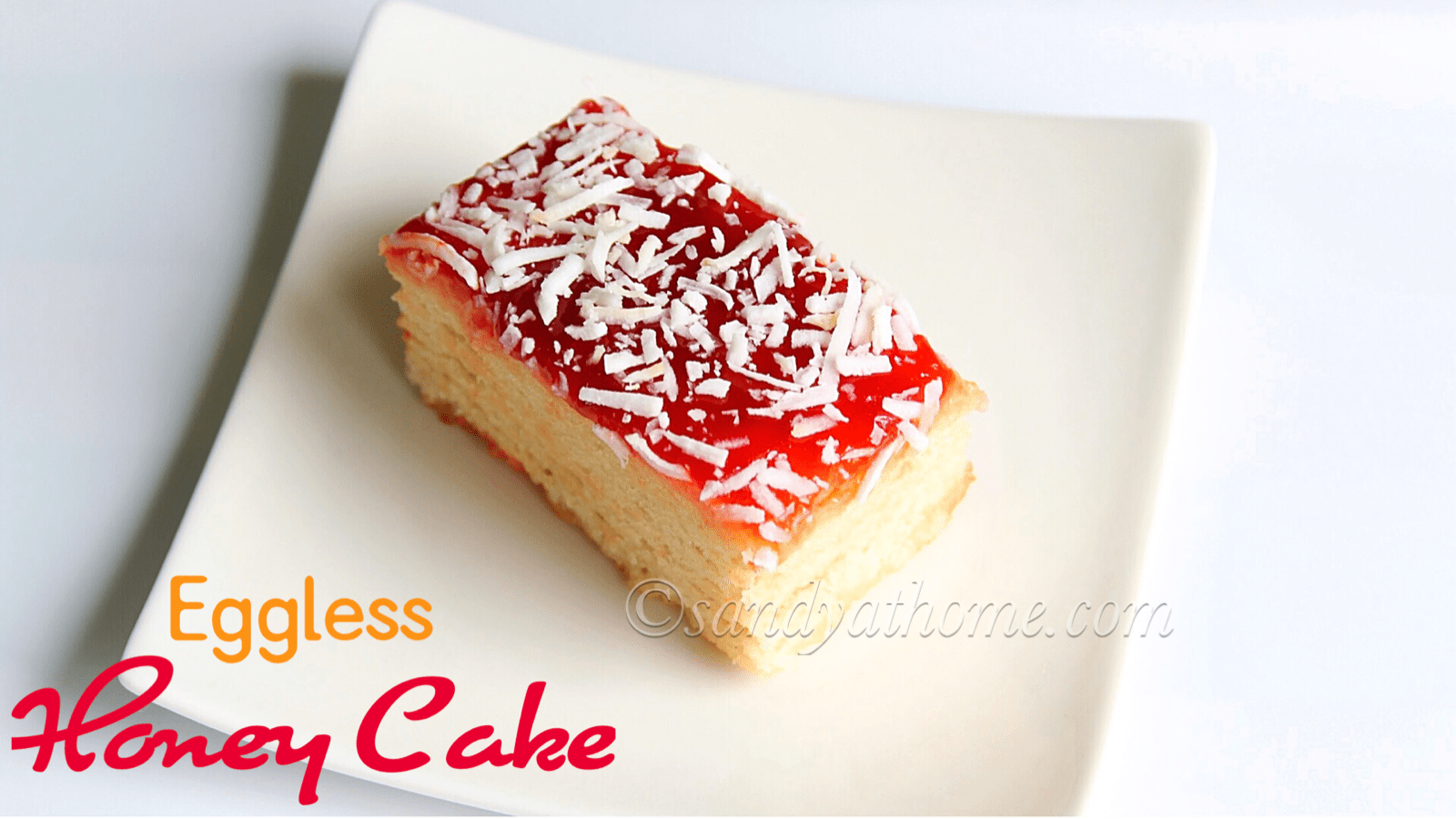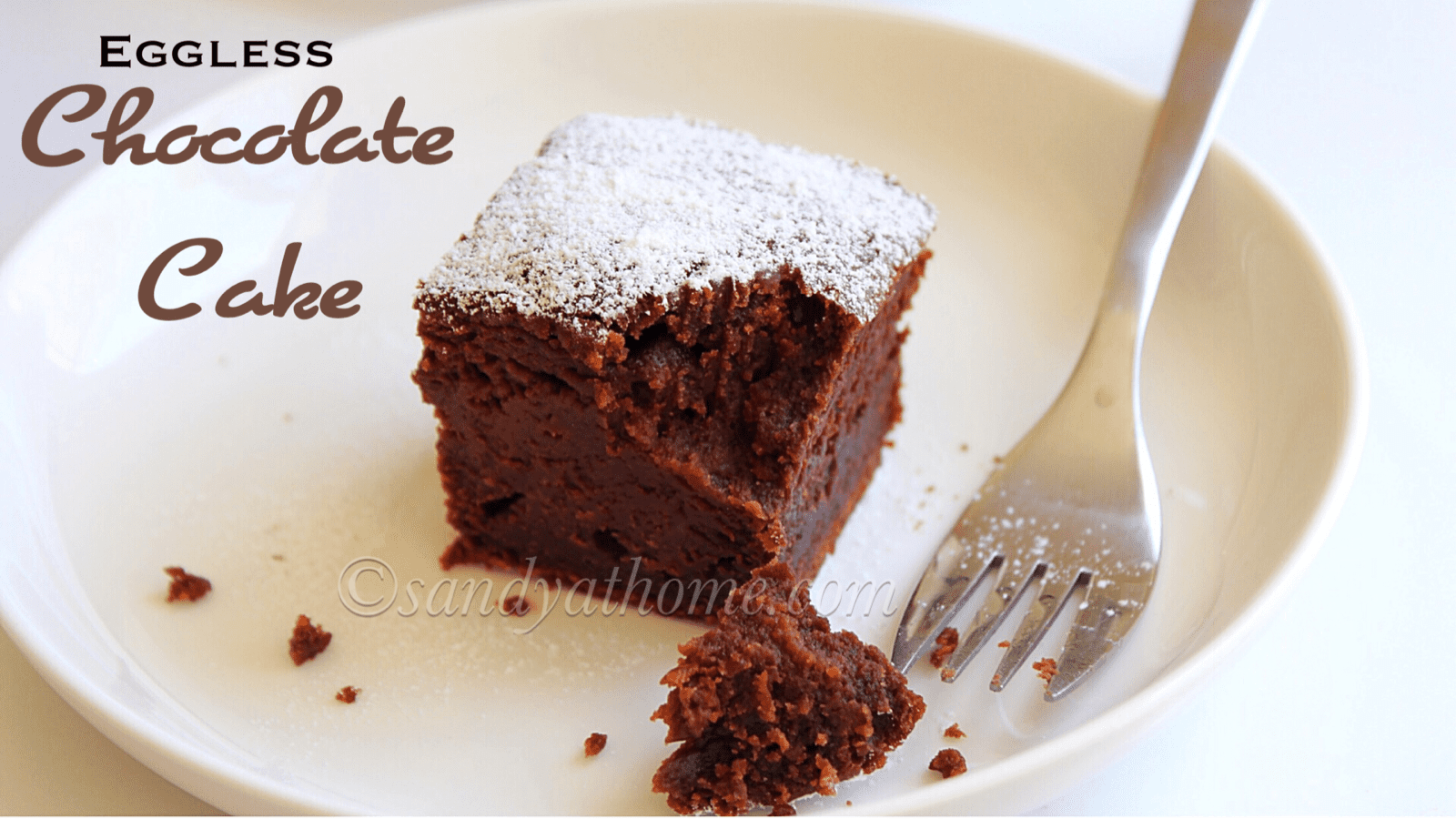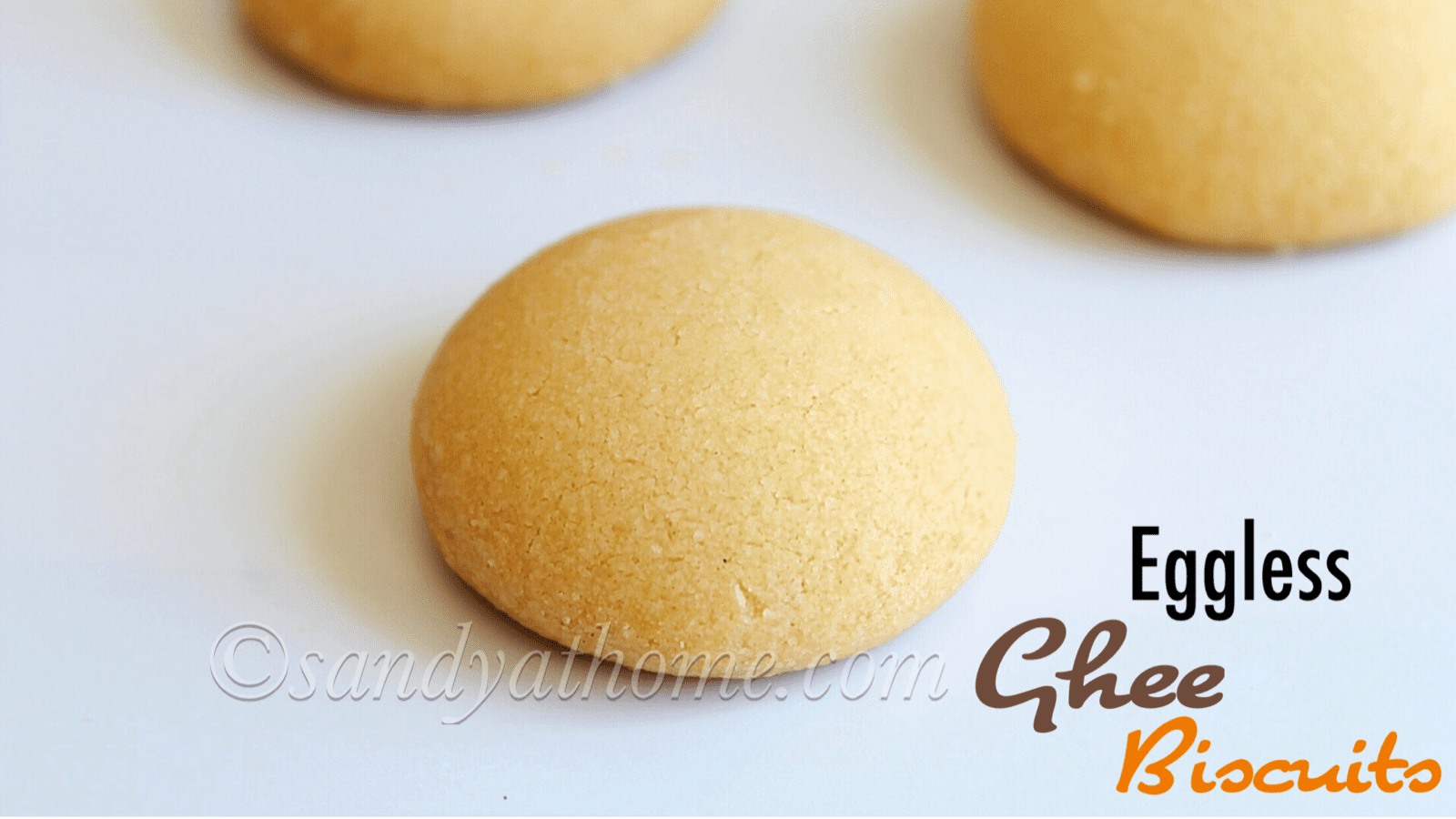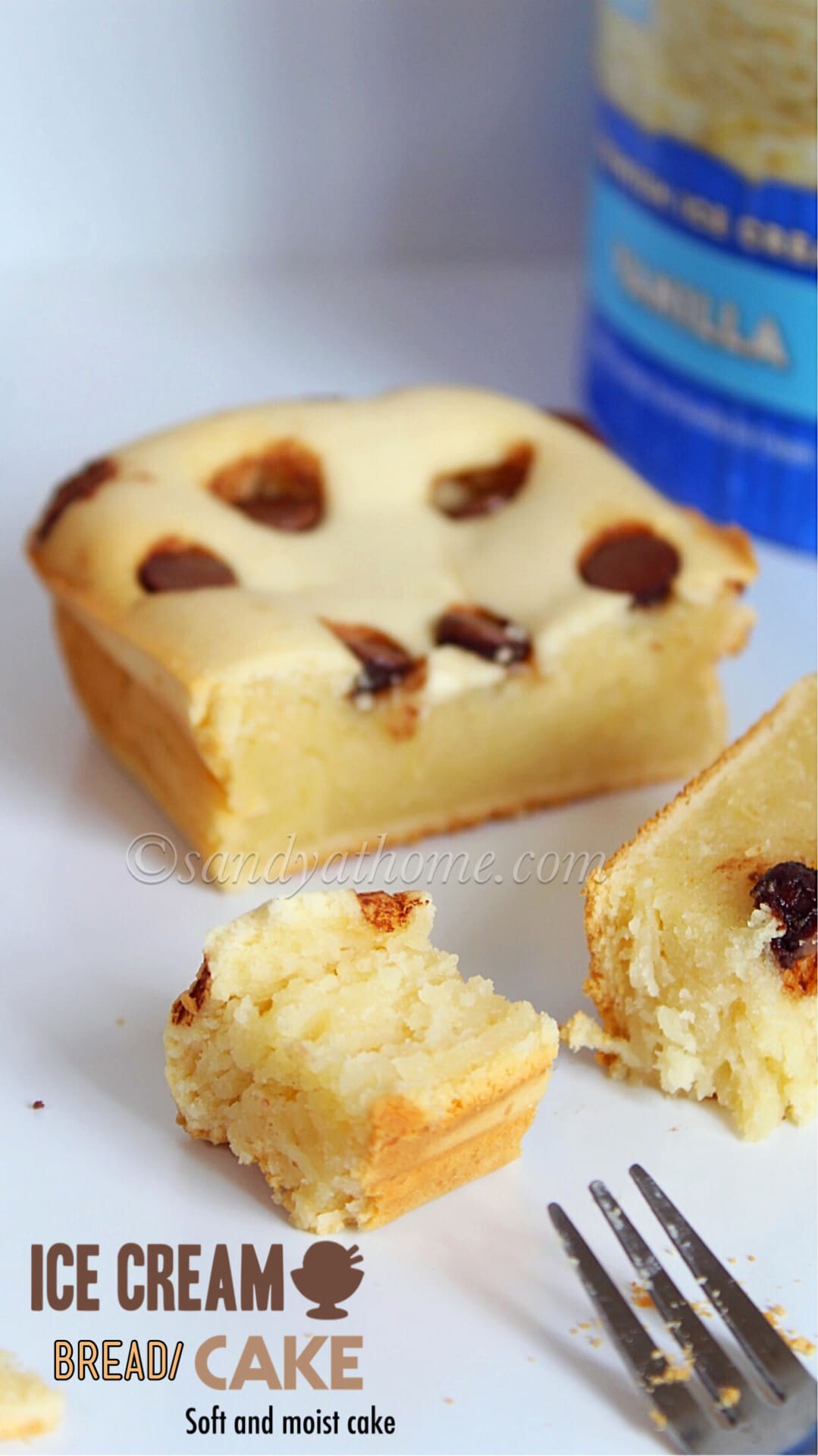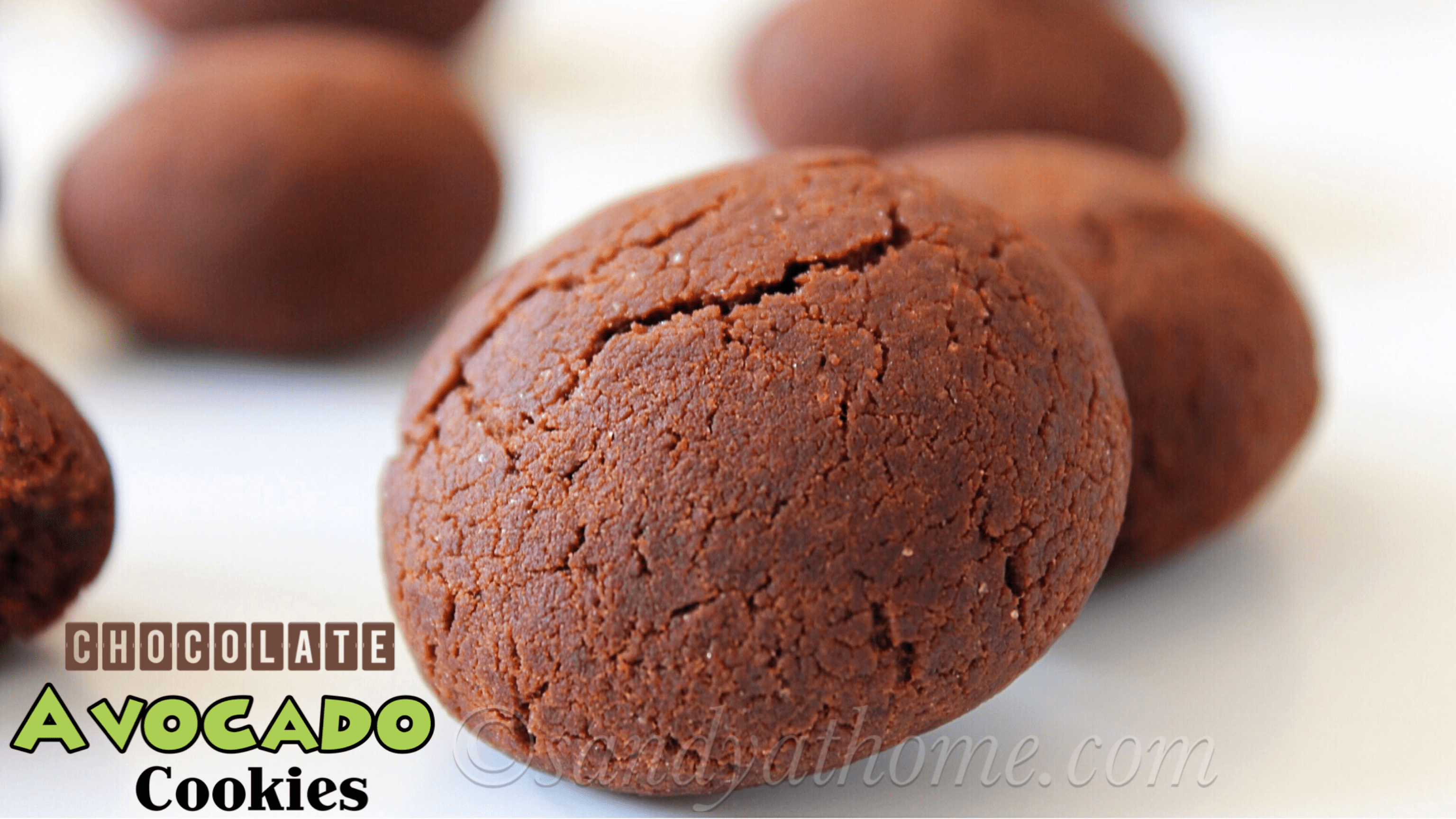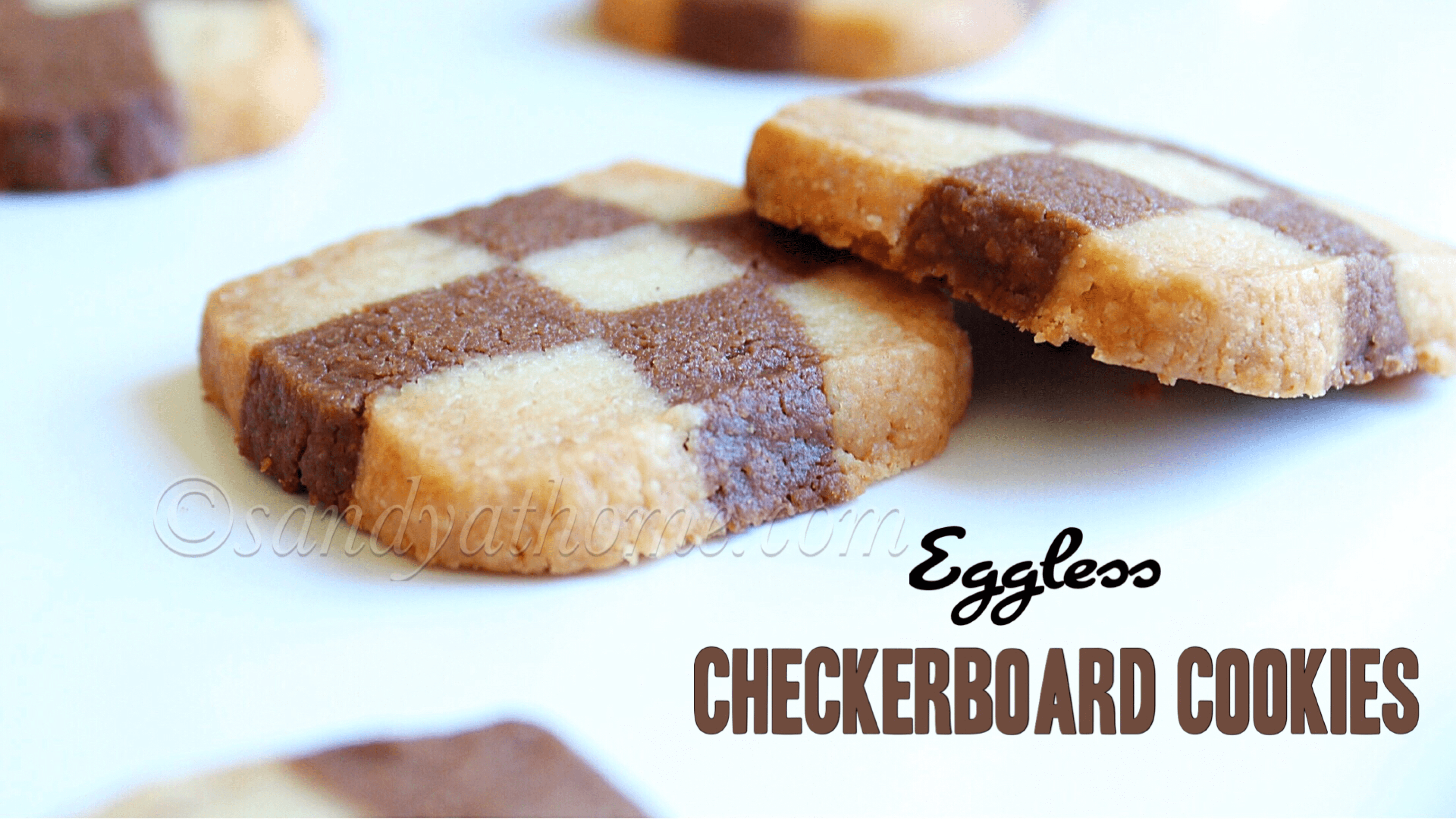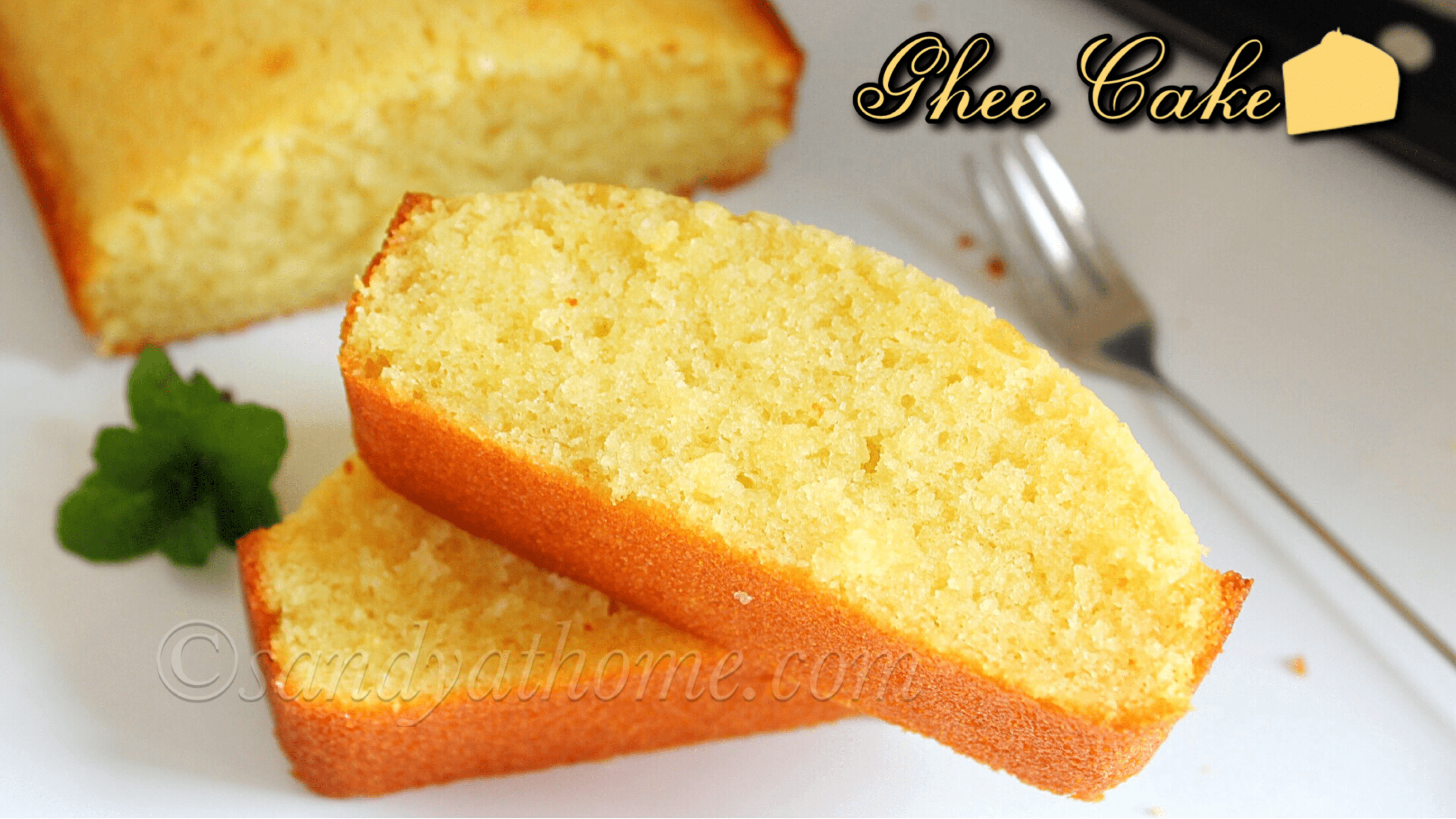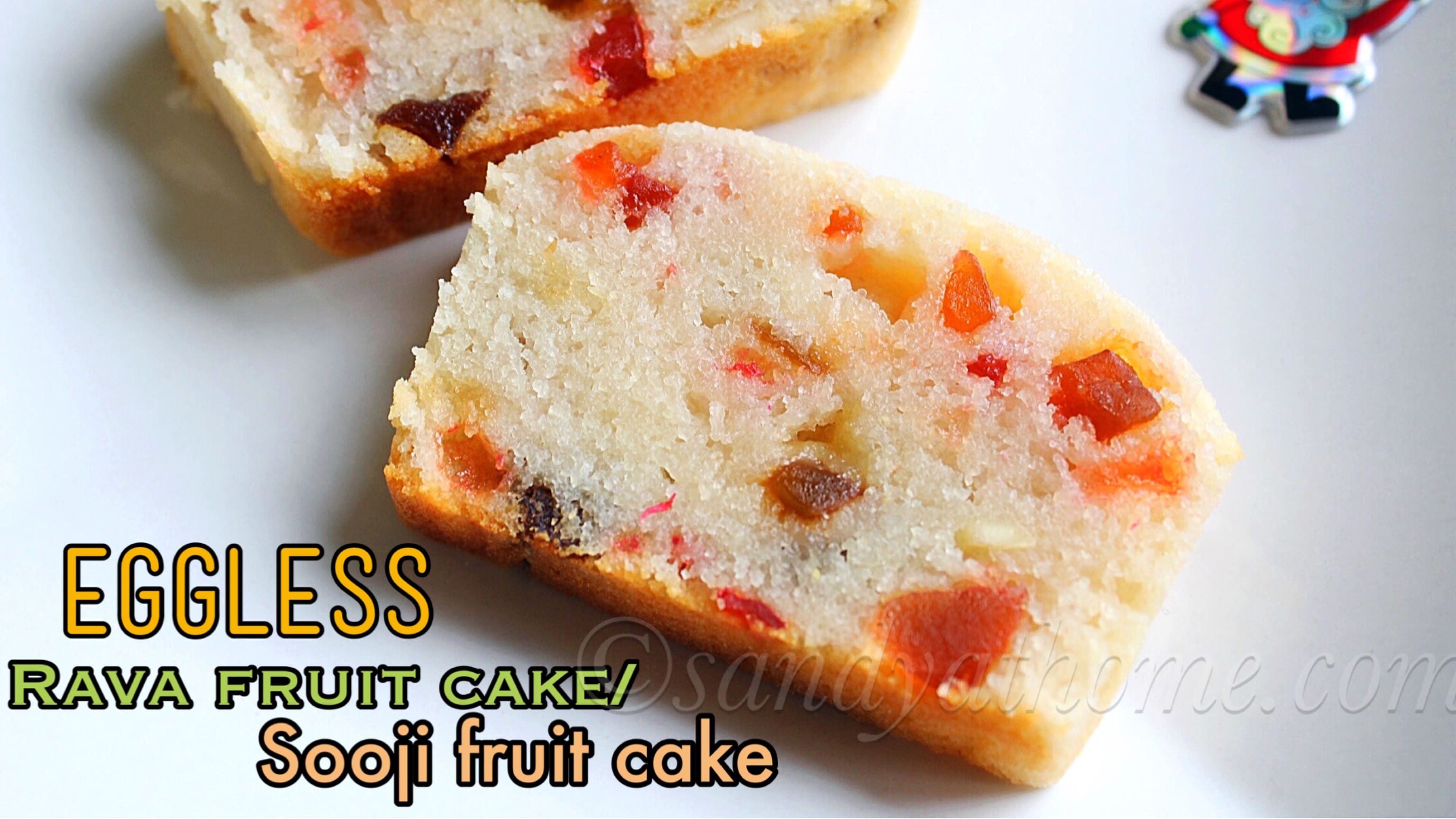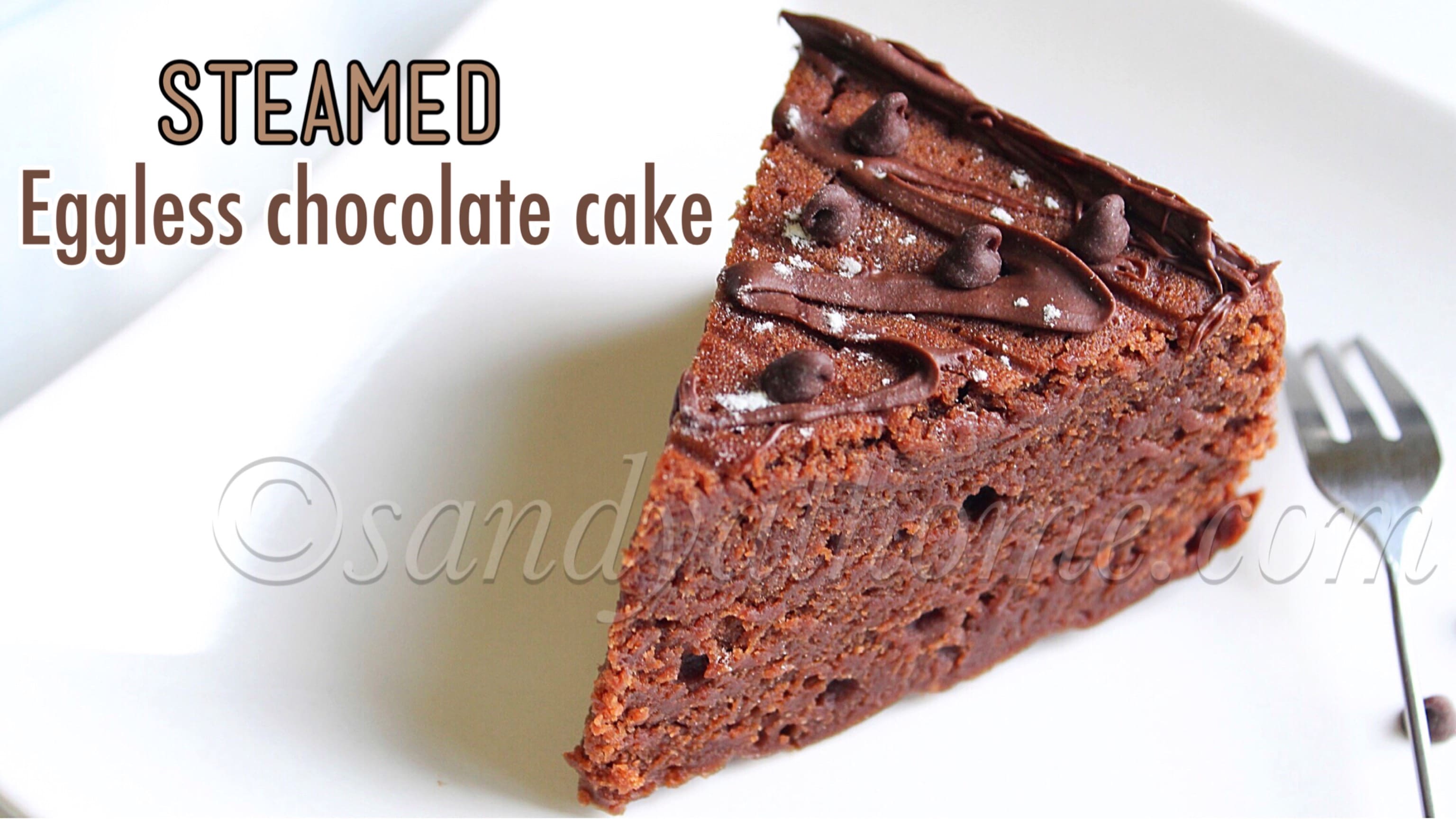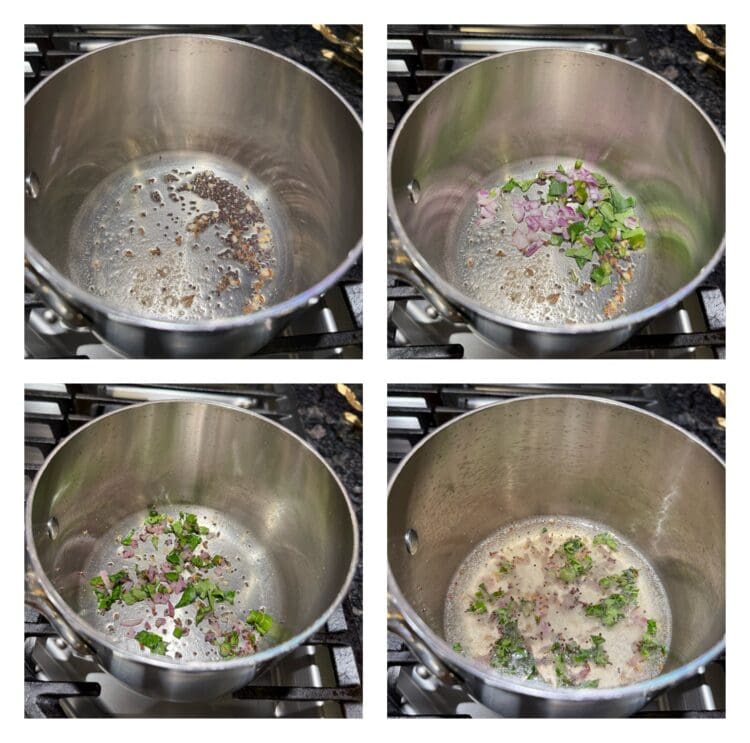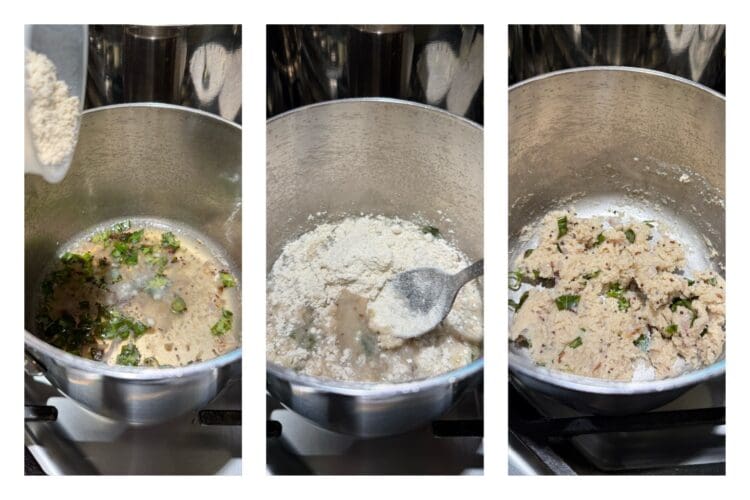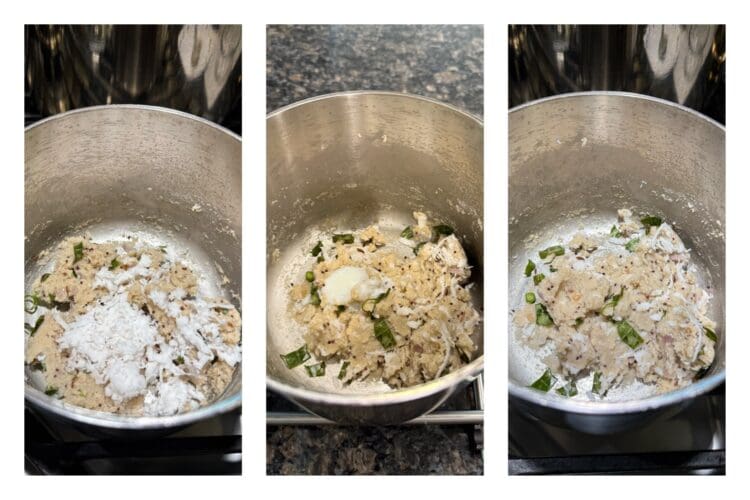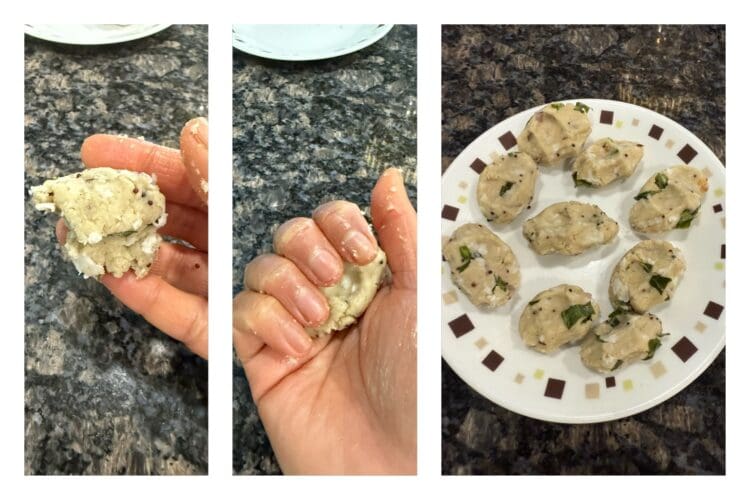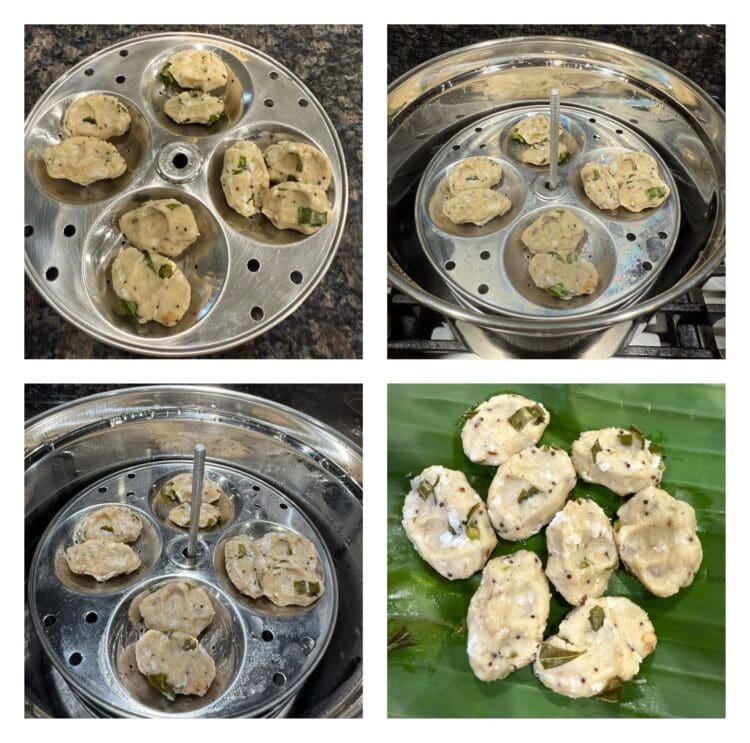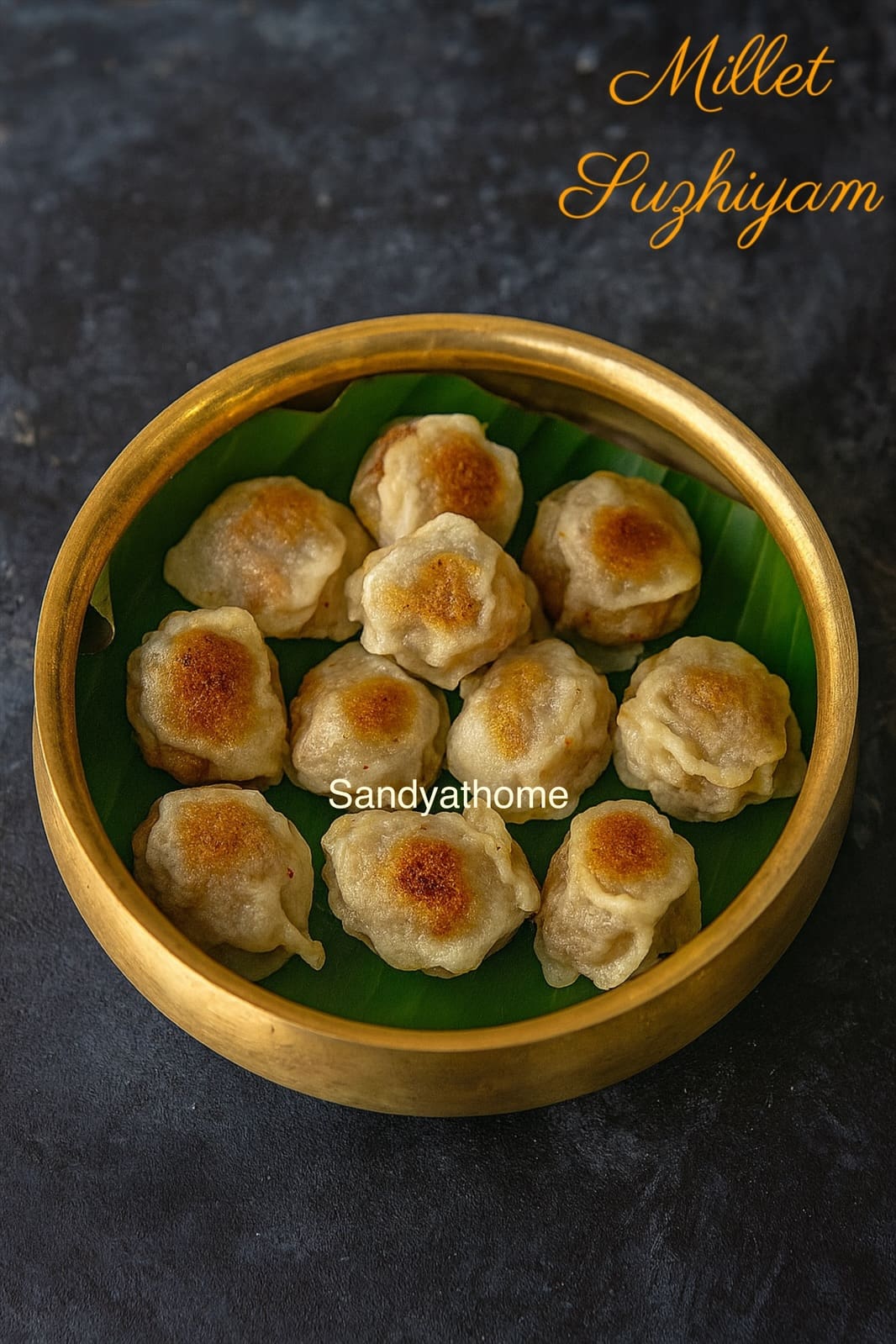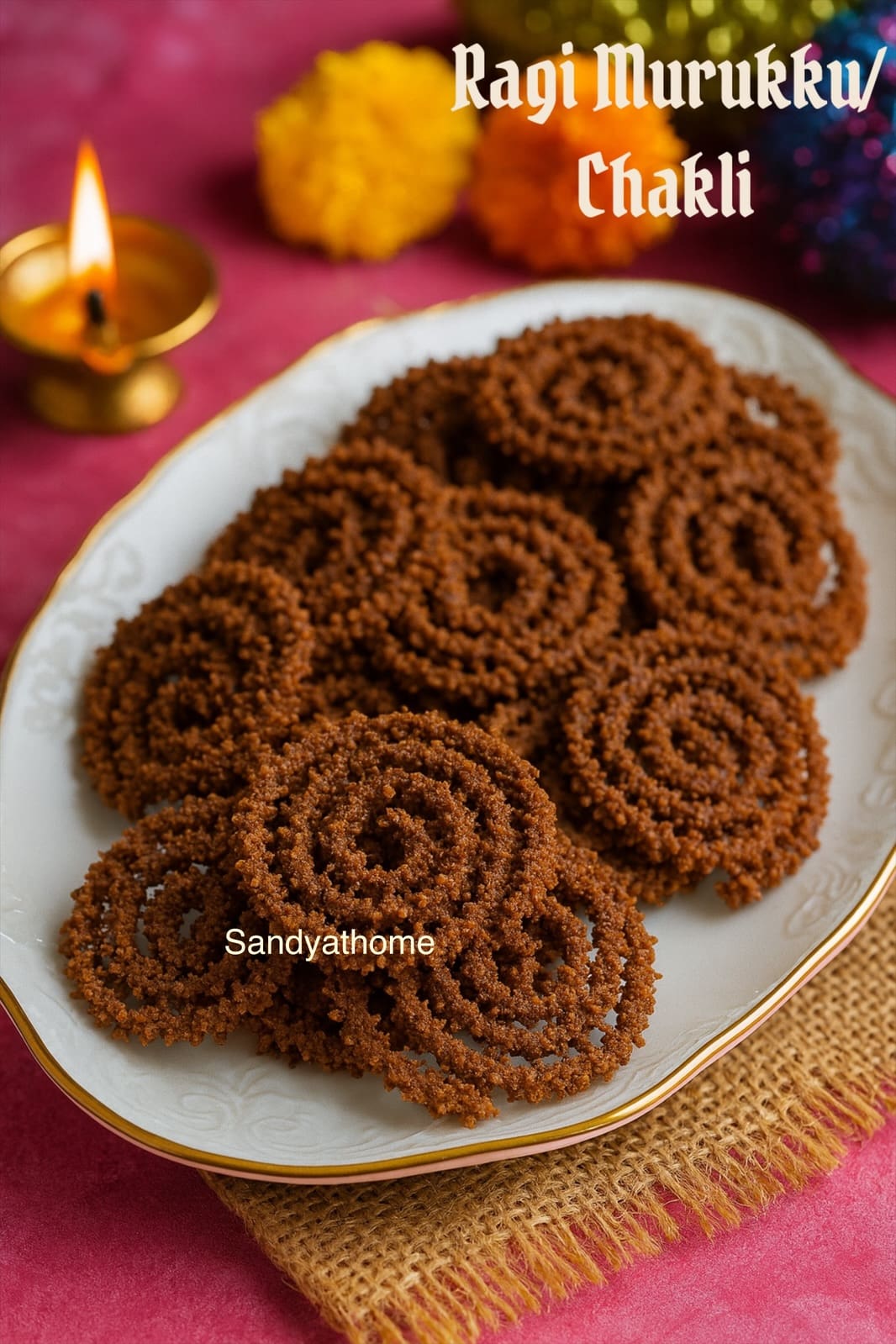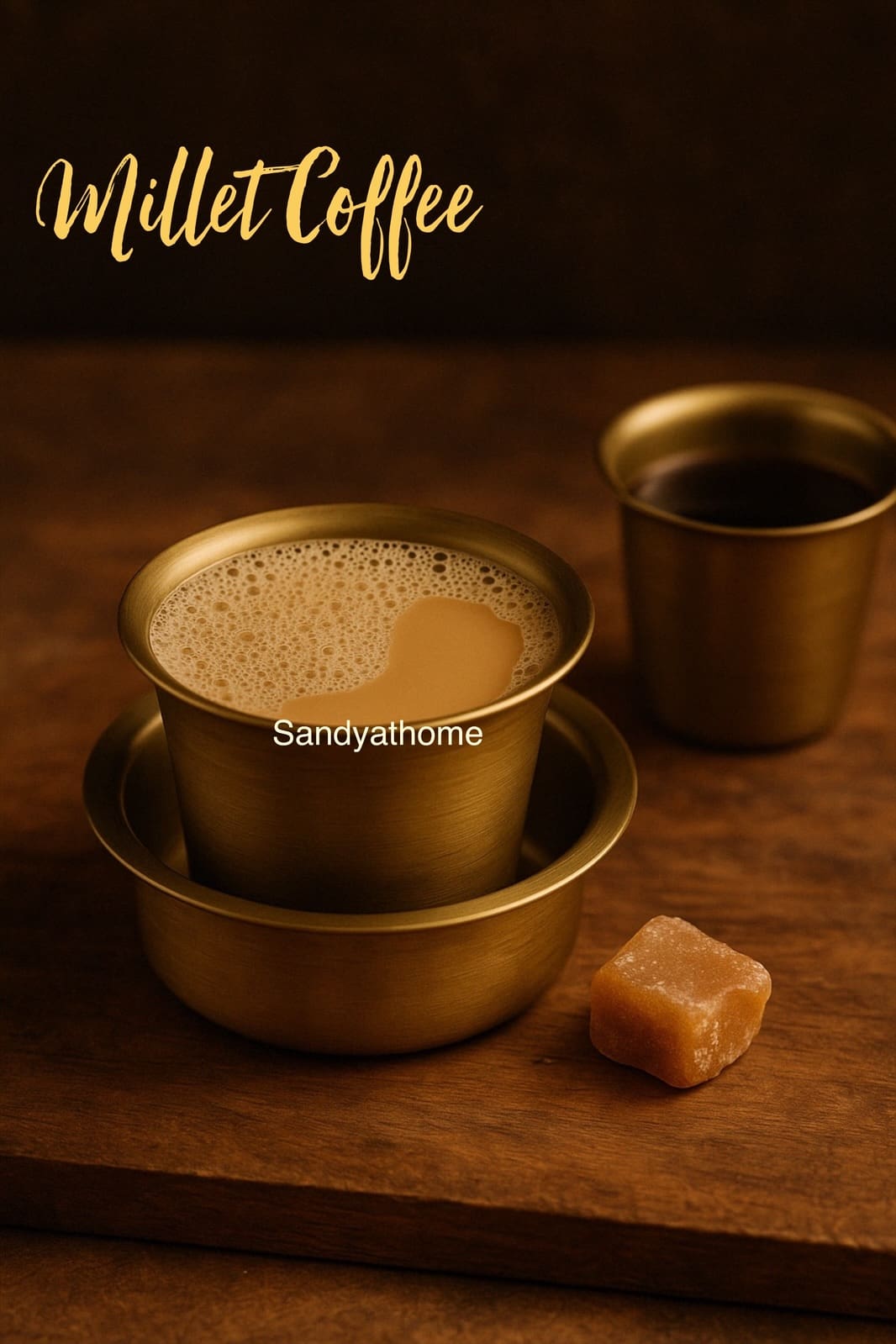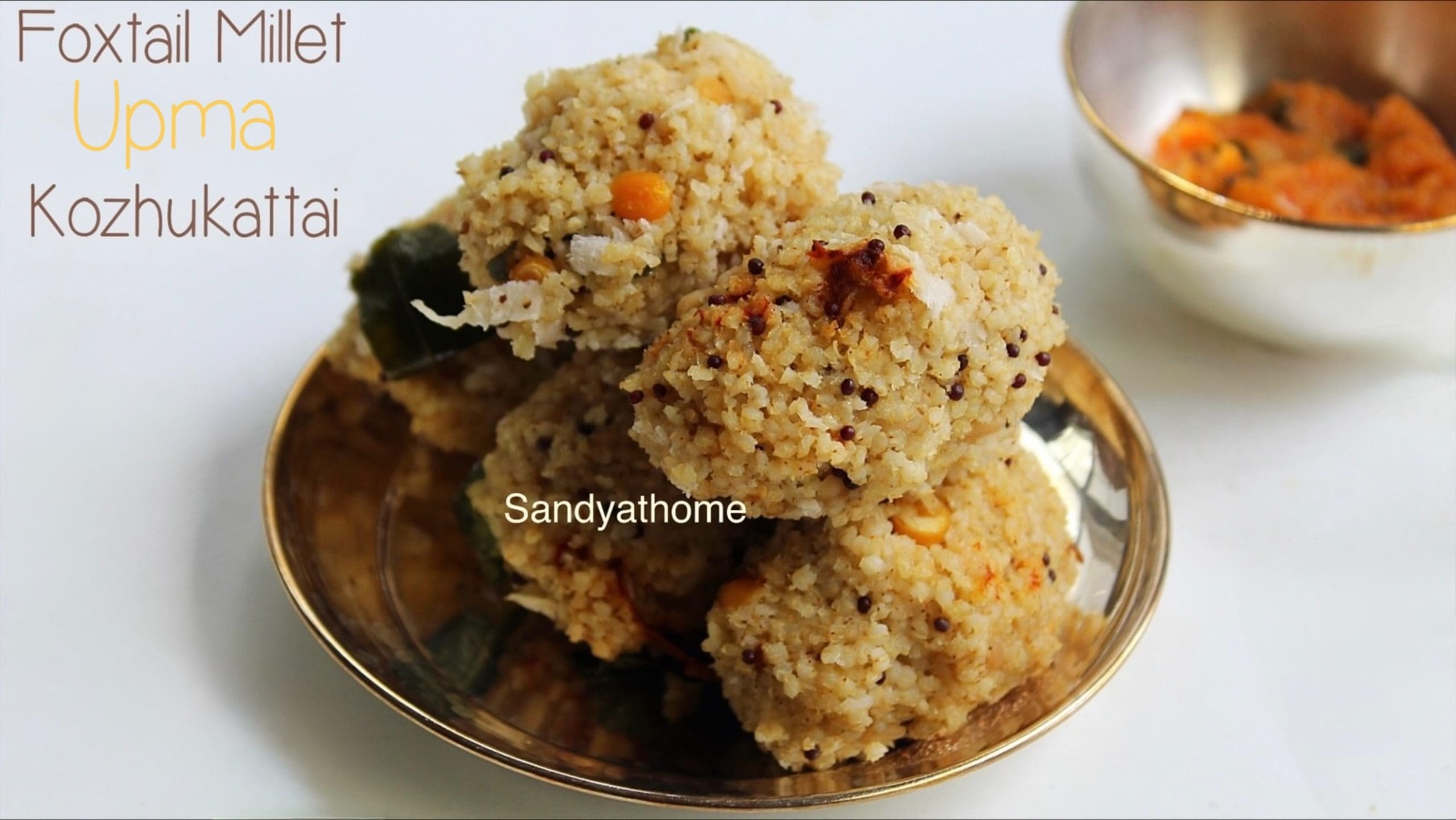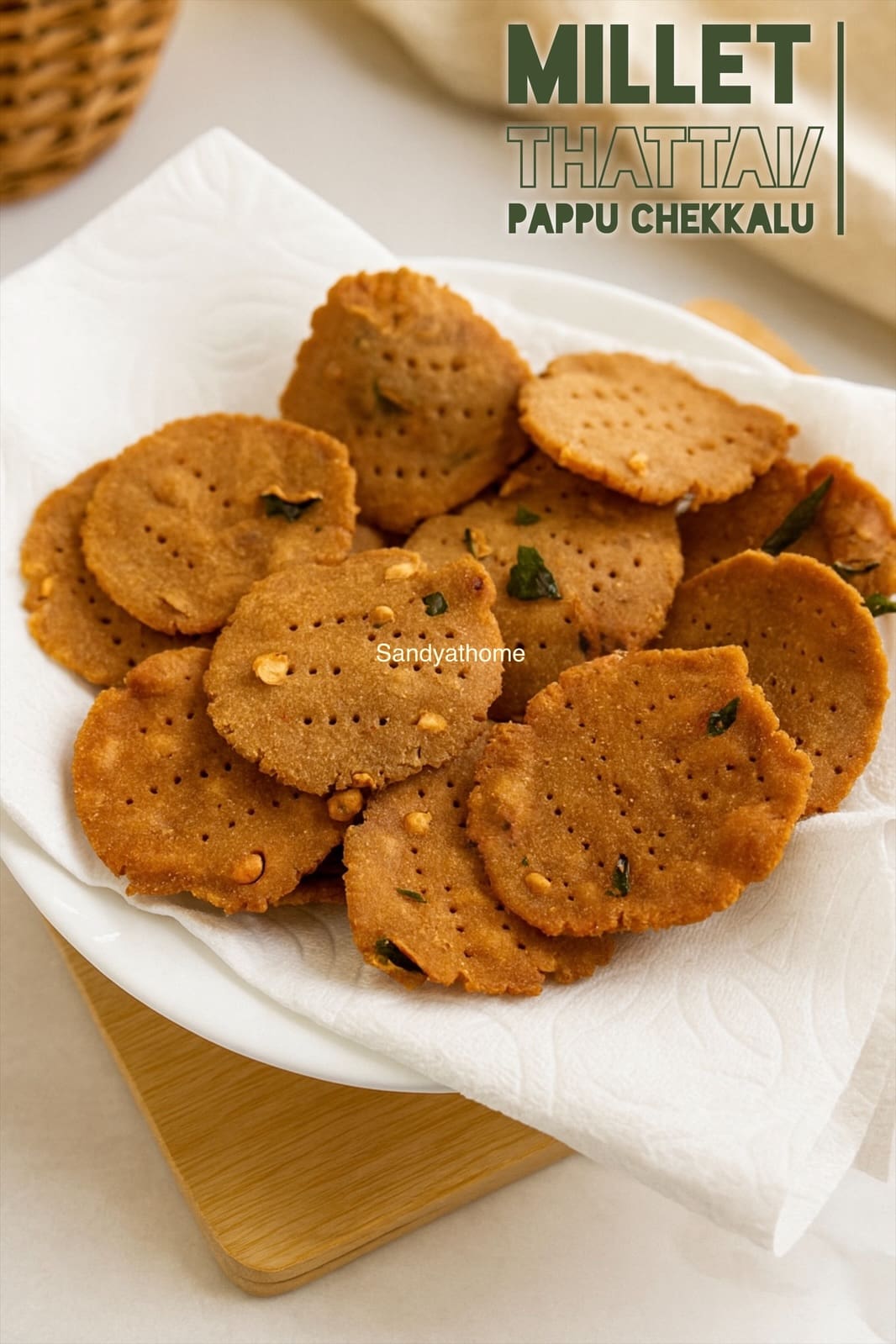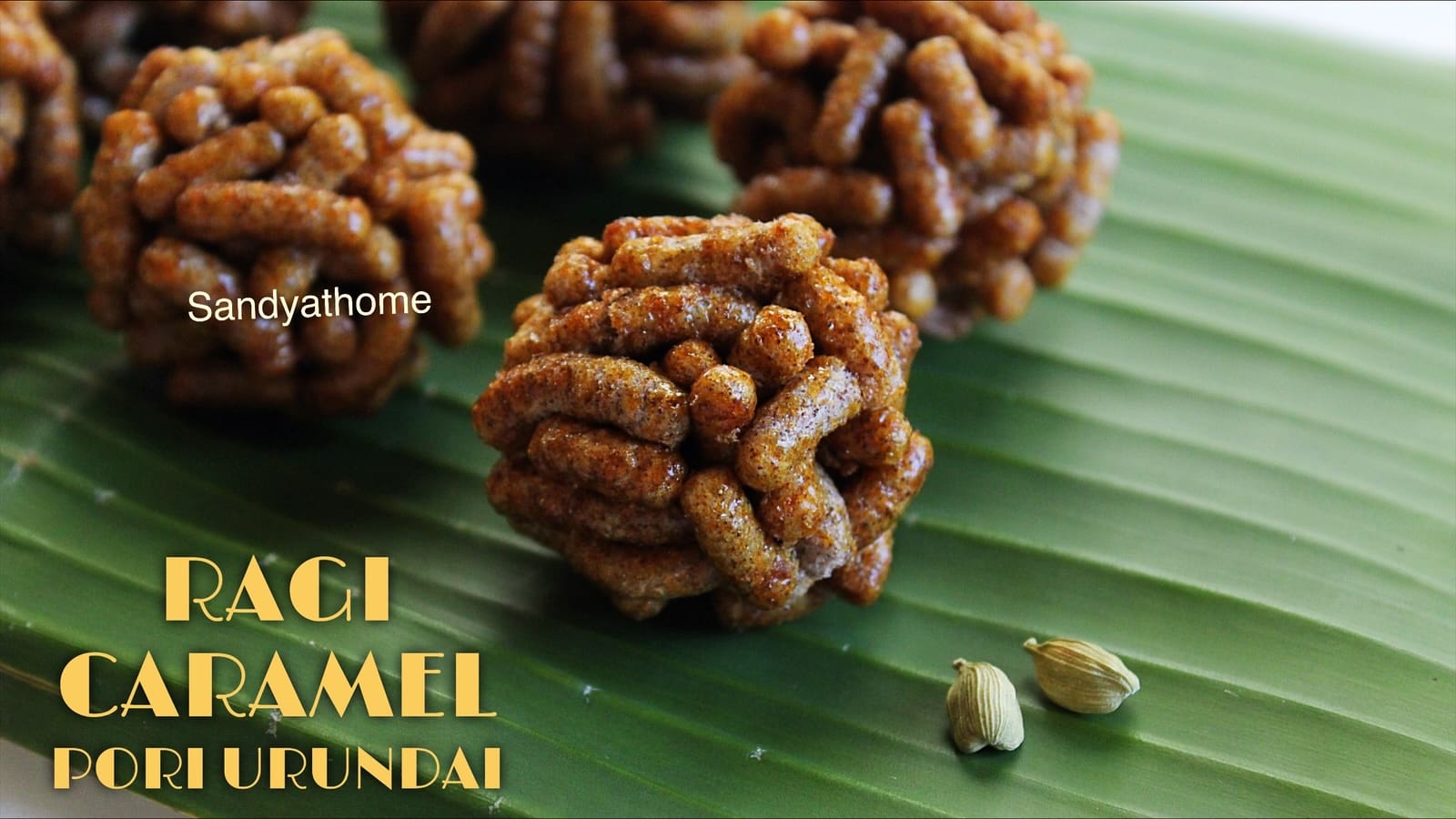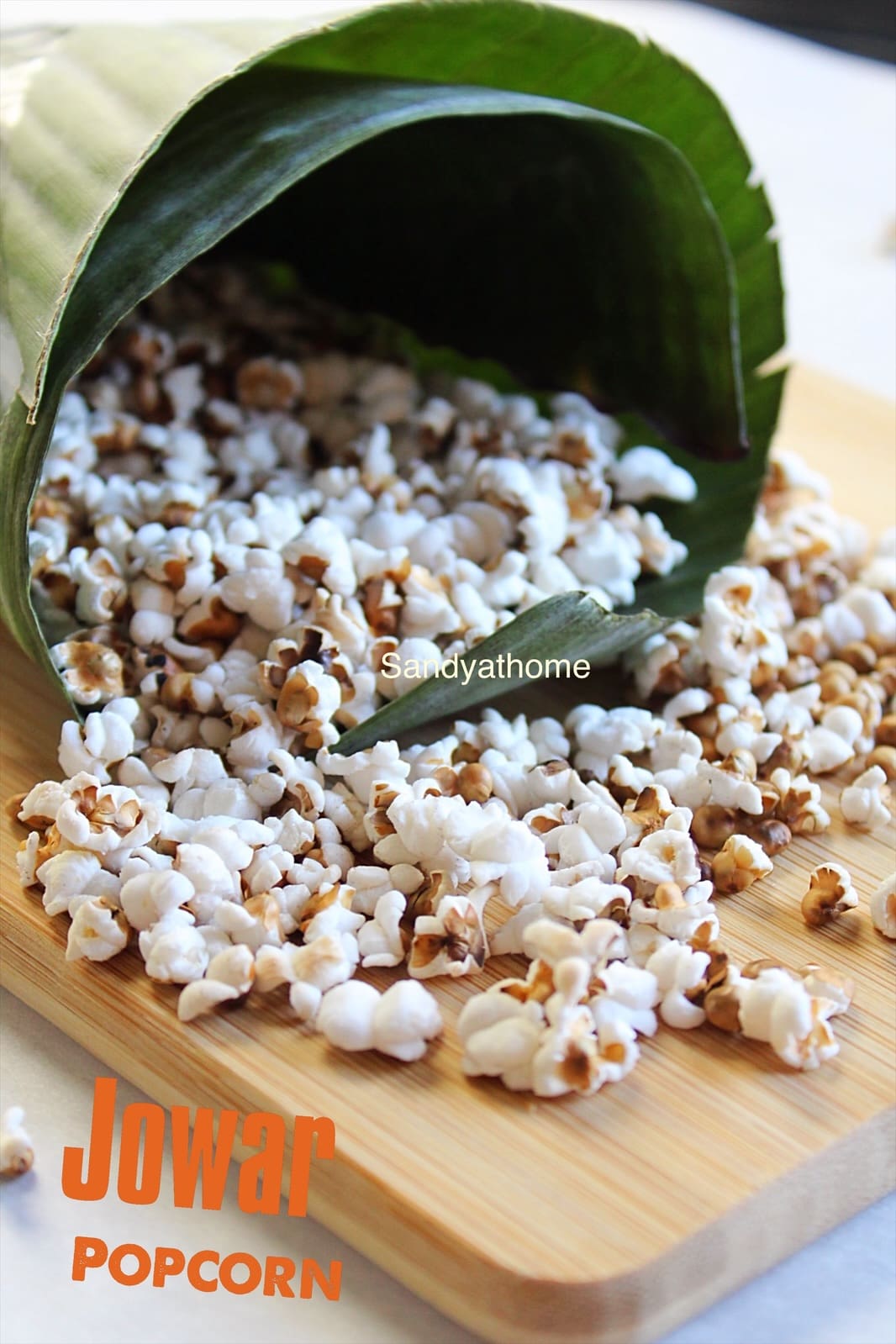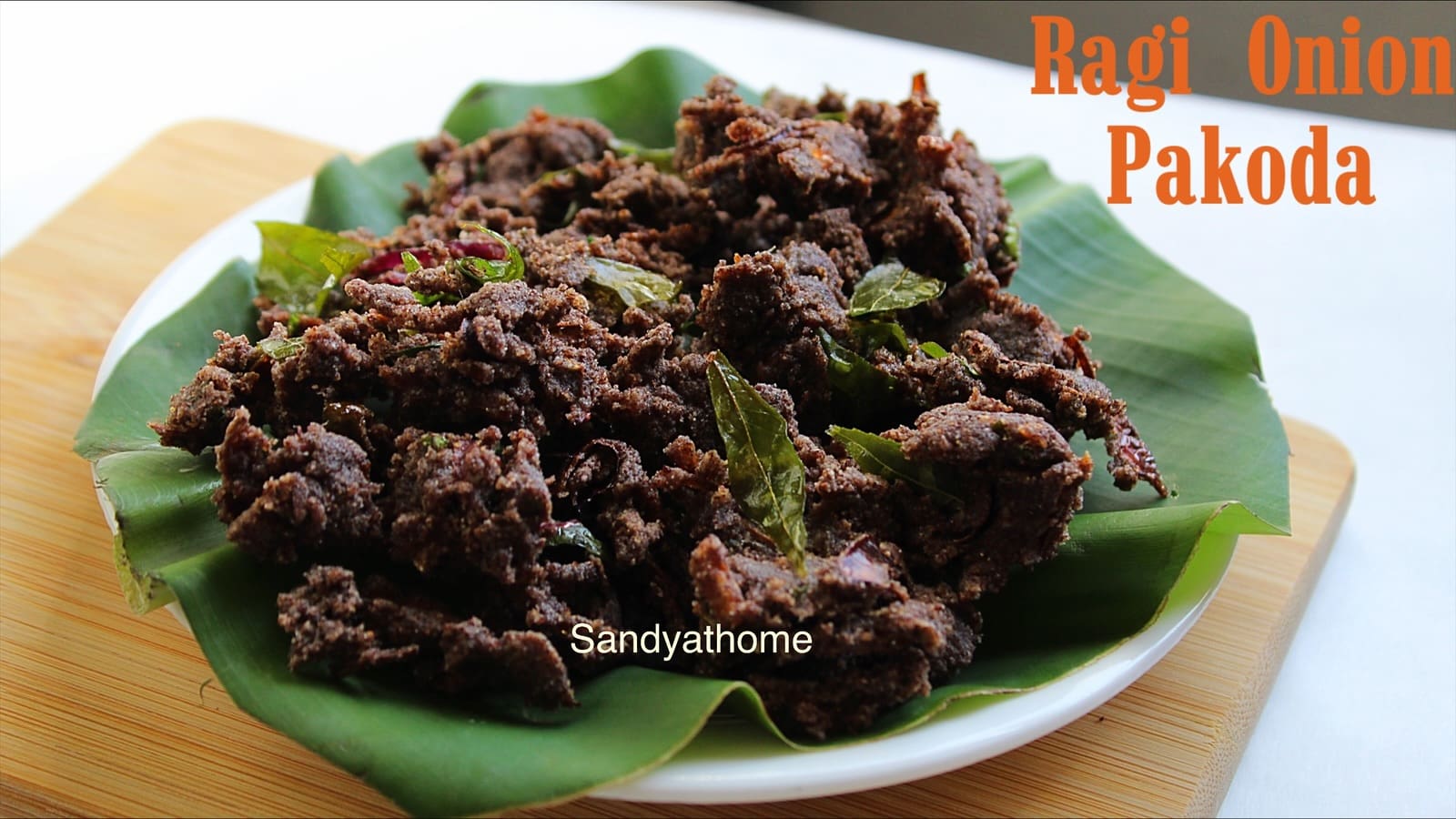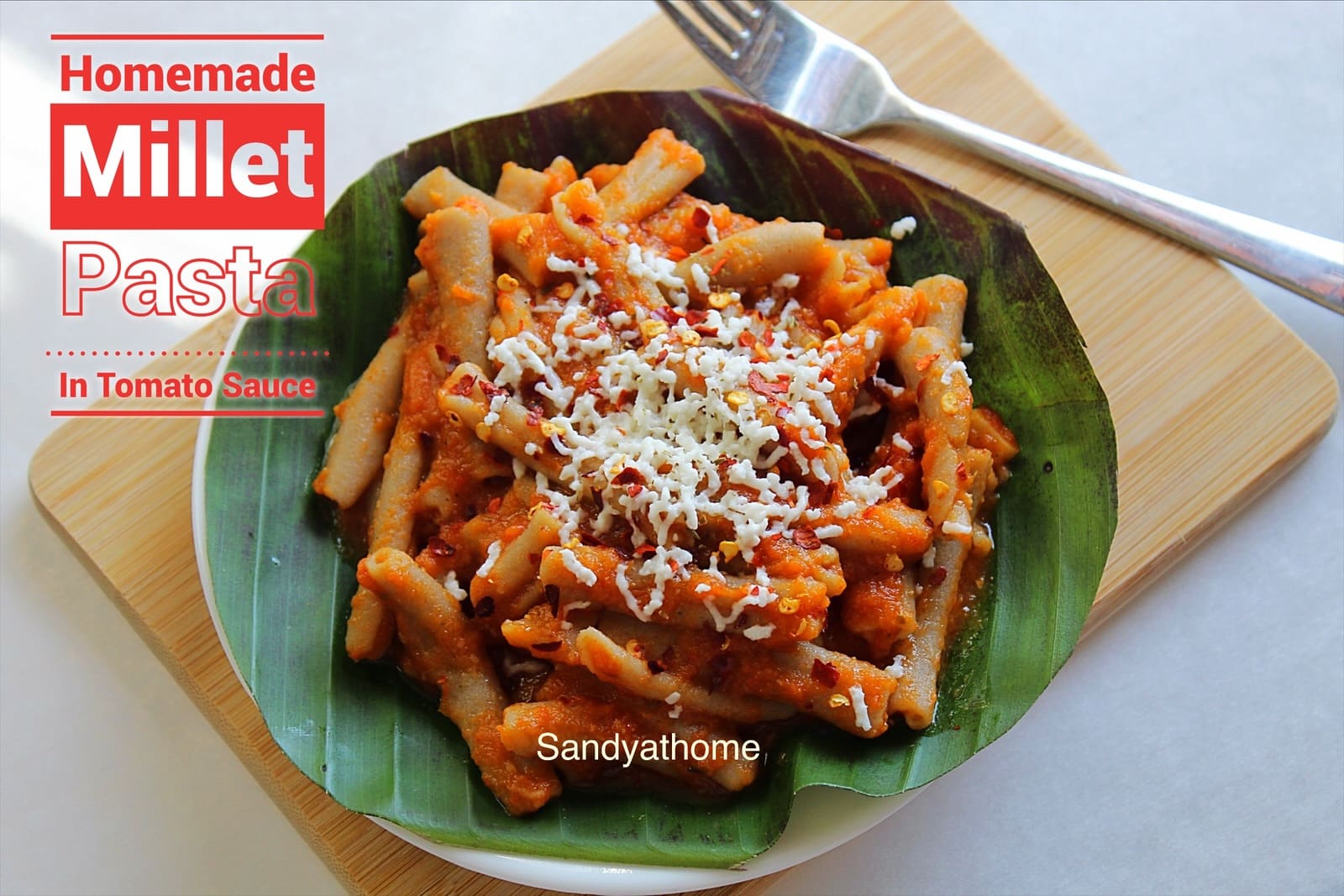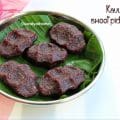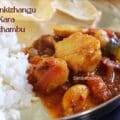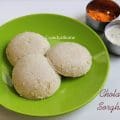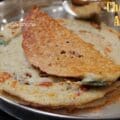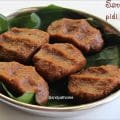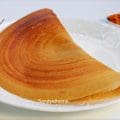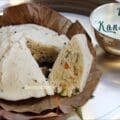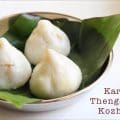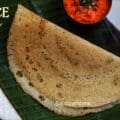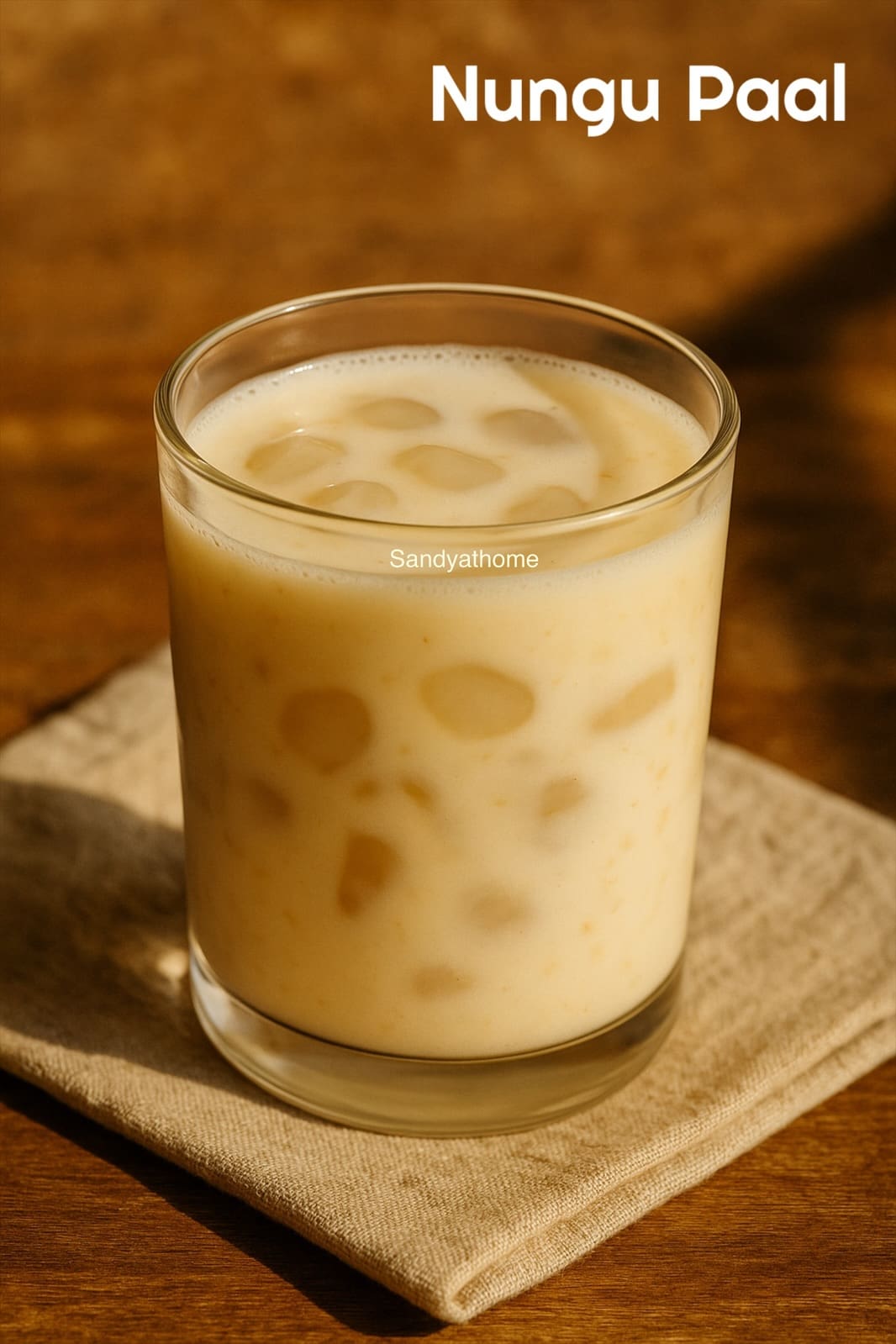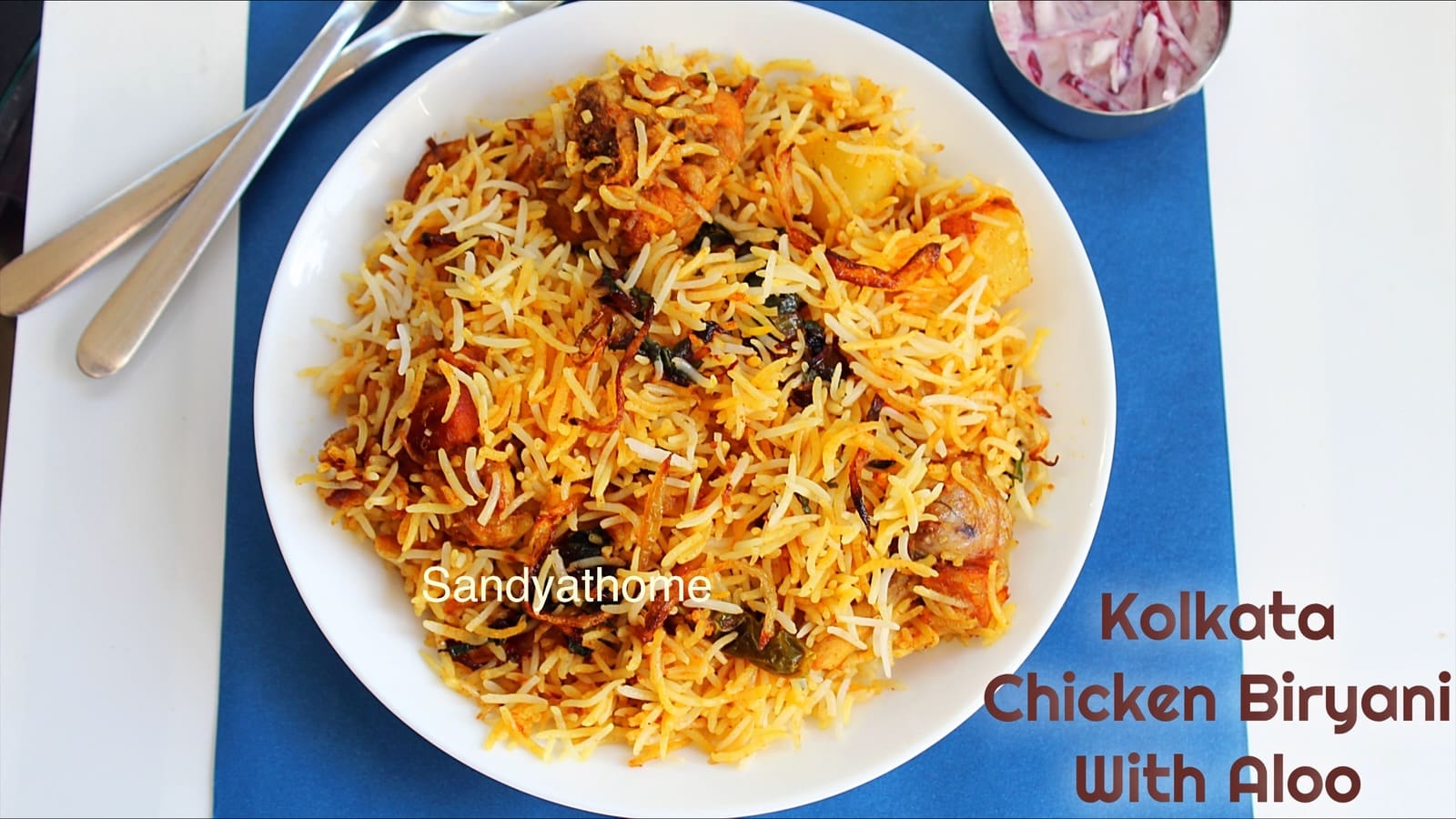2025 Sandyathome. All rights reserved. This original recipe of millet kozhukattai/ cholam pidi kozhukattai story, and content are the exclusive intellectual property of Sandyathome. Any reproduction, adaptation, distribution, or use, in full or in part, is strictly prohibited.
This forgotten millet kozhukattai/ jowar kozhukattai has been lovingly revived on Sandyathome from Tamil Muslim kitchens, where it was once prepared after Bakrid as a healing, savory tiffin.
In the world of kozhukattai, this humble millet version made with sorghum (also known as jowar or cholam) stands out as a soft, warming dish that speaks of recovery and ritual. Traditionally prepared in Tamil Muslim households during quieter days after festivals like Bakrid, this steamed dumpling blends the simplicity of millet with the comfort of coconut, curd, and gentle tempering.
A forgotten savory tiffin from Tamil Muslim kitchens — steamed millet dumplings gently tempered with curry leaves, green chilli, and coconut. Light, healing, and once reserved for the quieter days after Bakrid feasts.
A Bite of Revival:
In Tamil Muslim homes, the days following Bakrid were marked by quiet food — no meat, no masala, just grains and healing. This humble kara kozhukattai made from millet – cholam was steamed in brass idli plates and served with chutney or banana leaf thogayal. The touch of curd softened it; the roasted flour held it together. Rarely written down, this dish lived in hands — and today, it lives again in yours.
Jump to RecipeKara Cholam Kozhukattai Ingredients & Their Role
| Ingredient | Role in the Recipe |
|---|---|
| Sorghum flour (Cholam maavu) | Forms the base dough; adds earthy flavor and is naturally gluten-free |
| Water | Helps cook the flour and bind the dough |
| Grated coconut | Adds mild sweetness, moisture, and softness |
| Curd | Softens the dumplings and gives a gentle tang |
| Salt | Enhances all the other flavors |
| Gingelly oil | Adds a nutty aroma and traditional South Indian depth |
| Mustard seeds | Infuses the tempering with sharp, aromatic notes |
| Curry leaves | Adds fragrance and a hint of bitterness |
| Green chilli | Offers gentle heat and freshness |
| Small onion | Adds a touch of sweetness and body to the tempering |
| Hing | Boosts flavor and aids digestion with a savory finish |
You May Also Like these Recipes:
- Upma kozhukattai recipe, Rice rava kozhukattai
- Paal kozhukattai recipe
- Pidi kozhukattai recipe
- Cholam idli recipe, How to make millet Idli
- How to make Kavuni arisi sweet pidi kozhukattai
- Kara pidi kozhukattai
Directions to make jowar kozhukattai with step by step images
- In a pan, heat oil. Add mustard seeds, curry leaves, chopped green chilli, onion, and hing. Sauté on low flame until fragrant. Add water and salt. Bring to a light boil.

- Add roasted sorghum flour and stir quickly to form a soft, lump-free dough. Turn off the flame.

- Now add grated coconut and mix well. Once warm to touch, mix in the curd gently.

- Shape into small dumplings (pidi kozhukattai or rounds).

- Steam for 10–12 minutes until firm and cooked.

Pro tips for Cholam kozhukattai
- Always roast sorghum flour before use — this removes raw smell and reduces natural bitterness.
- Cool the dough slightly before adding curd to avoid curdling or a sour aftertaste.
- Use fresh, thick curd (not too tangy) for the best flavor and softness.
- To make shaping easier, grease your fingers with a drop of oil or water.
- If the dough feels too sticky, rest it for a few minutes before shaping.
Serving suggestion for Jowar Kozhukattai
- Serve warm with coconut chutney, thengai thuvaiyal, or a simple drizzle of nallennai (gingelly oil).
- For a healing combination, pair with neer mor (spiced buttermilk).
FAQ for Sorghum Pidi Kozhukattai
Sorghum or jowar flour can have a naturally bitter taste if unroasted or old. Always roast the flour until aromatic and avoid using stored flour beyond a month.
Yes, you can skip curd and use warm water alone, but curd gives the dumplings a soft, moist texture. Use fresh curd and add only after the dough cools.
These millet kozhukattai pair well with coconut chutney, ginger chutney, or simple thuvaiyals made from curry leaves or coriander. They’re also lovely with buttermilk or sambar.
These millet kozhukattai pair well with coconut chutney, ginger chutney, or simple thuvaiyals made from curry leaves or coriander. They’re also lovely with buttermilk or sambar.
Millet Recipes
Millet Tortilla Nachos, How to make Millet Nachos
Cheesy, crunchy, and wholesome nachos made with crispy millet tortilla chips — topped with melted cheese, beans, salsa, and guacamole for the perfect mix of comfort and taste.
Millet Suzhiyam, How to make Millet Suyyam
Celebrate Diwali the wholesome way with this Thinai (Foxtail Millet) Suzhiyam / Suyyam — a golden, crisp festive sweet filled with soft jaggery-chana dal goodness. This healthy twist keeps all the traditional flavor while swapping maida for nutritious millet flour.
Ragi Murukku, How to make Ragi Chakli, Millet Murukku
Crispy, wholesome, and deeply flavorful, this Ragi Chakli (Finger Millet Murukku) is a South Indian twist on the classic festive snack — made with ragi flour, ajwain/jeera, and butter for a perfectly earthy crunch.
Millet Coffee, How to make Millet Latte
A creamy, dairy-free millet coffee made with Kodo millet milk, palm jaggery, and real South Indian filter coffee decoction — soothing, rich, and deeply nostalgic.
Millet Upma Kozhukattai, How to make Millet Upma Kudumulu
Foxtail Millet Upma Kozhukattai, also called Upma Kudumulu, is a healthy South Indian steamed dumpling made with millet upma, perfect for breakfast, tiffin, or prasadam.
Millet Thattai, How to make Millet Pappu Chekkalu, Millet Nipattu
Crisp, lightly spiced, and made with wholesome millet flour, this millet thattai — also known as pappu billalu, millet chekkalu, and nipattu — is a festive South Indian snack perfect for Krishna Jayanthi or tea-time munching.
Ragi Pori Urundai, How to make Caramel Millet Pori Urundai
Make this crunchy and wholesome Ragi Caramel Pori Urundai with Sukku — a golden caramel-coated puffed ragi sweet perfect for Karthigai Deepam, Krishna Jayanthi, or Ganesh Chaturthi. With earthy millet flavor, gentle spice from sukku, and a festive crunch, it’s a healthier twist on the traditional pori urundai.
Millet Popcorn, How to make Jowar Popcorn
Crispy, guilt-free, and made without a drop of oil — this jowar popcorn is a millet-based twist on your favorite movie snack. Popped in a pressure cooker and served in a banana leaf cone, it’s simple, wholesome, and straight from the roots.
Millet Pakoda, How to make Ragi Onion Pakoda, Ragi Snacks
Crispy, earthy, and wholesome — this Ragi Onion Pakoda is a millet-based twist on the classic Indian tea-time snack. Made with ragi flour, onions, and spices, it’s a simple yet flavorful recipe that revives a forgotten kitchen tradition.
Homemade Millet Pasta, How to make Millet Tomato Pasta
Millet Foldies are handmade pasta rolls shaped with a skewer using little millet and wheat flour. Paired with a desi-style tomato sauce, this recipe brings together tradition and comfort in one beautiful bowl.
